Let me start writing now, ensuring I cover a diverse range of ideas including safety, storage, themes, activities, and design elements based on my research.Based on my research into current basement playroom trends and design concepts, I'll now provide you with comprehensive ideas for transforming your basement into an amazing play space.
Transforming your basement into a dedicated playroom opens up endless possibilities for creating a magical space where children can explore, learn, and burn energy year-round. A well-designed basement playroom not only keeps toys contained but also provides families with valuable additional living space that can adapt as children grow. From safety considerations like proper flooring and lighting to creative features like climbing walls and themed zones, the key lies in balancing functionality with imagination. Studies show that dedicated play spaces enhance children's development while providing parents with organized, clutter-free main living areas . Whether you're working with a finished basement or starting from scratch, these innovative ideas will help you maximize your space and create an environment that both delights children and maintains your home's style.
1. Soft-Surface Basement Playroom Flooring Solutions
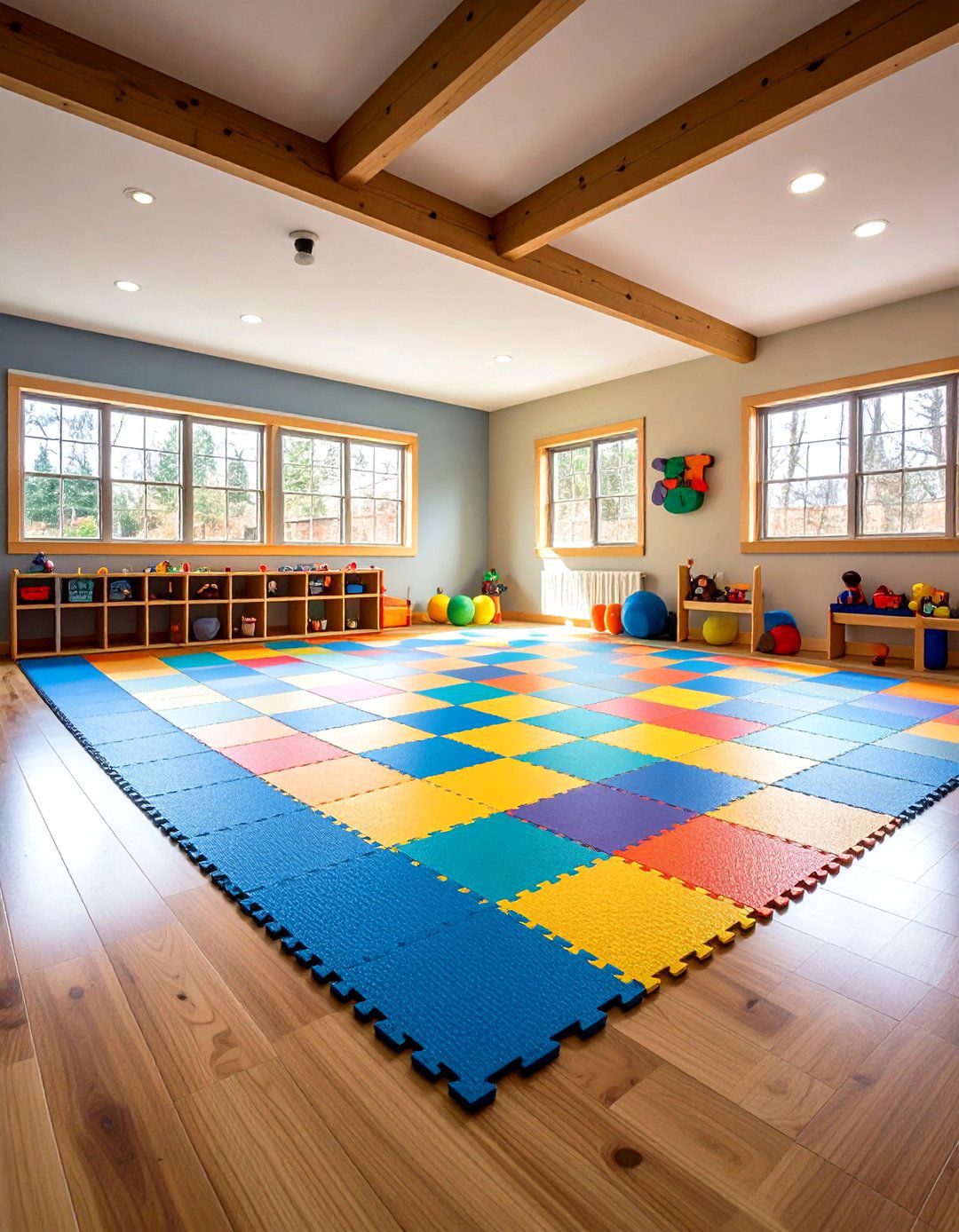
Selecting the right flooring for your basement playroom requires careful consideration of safety, durability, and moisture resistance . Interlocking foam tiles provide excellent impact protection and come in vibrant colors, with thickness ranging from 3/8 inch to 3/4 inch for optimal shock absorption from falls. EVA foam materials offer thermal insulation, converting cold concrete floors into warm, temperature-steady foundations while absorbing sound to prevent noise from radiating throughout your home . These waterproof options resist stains and clean easily with simple sweeping or damp mopping. The interlocking design allows you to create colorful patterns or checkerboard designs, and if moisture becomes an issue, tiles can be easily removed for drying . Cork flooring presents another eco-friendly basement playroom alternative that's naturally antimicrobial and warm underfoot.
2. Multi-Zone Basement Playroom Activity Areas
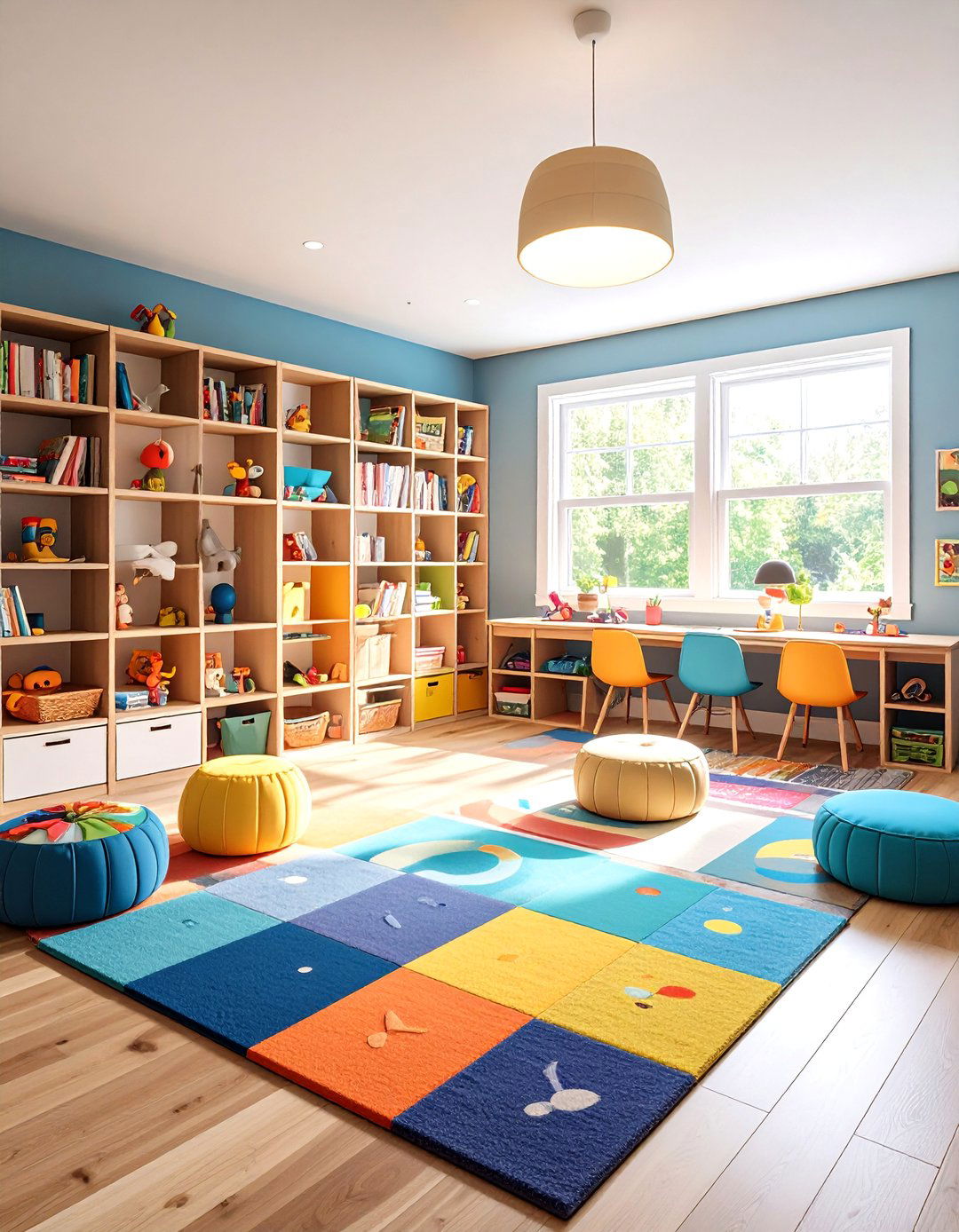
Create distinct activity areas that cater to your children's developmental stages while ensuring safe and engaging play spaces . Designate specific zones throughout your basement playroom for different activities like active play, quiet reading, arts and crafts, and building projects. Use KALLAX units or other furniture pieces to divide big kid play areas from little kid spaces, allowing older children to create elaborate tracks while preventing safety concerns with small pieces . Consider positioning the most popular activity stations around natural light sources from basement windows. Think about play areas, chill areas, and even study spaces when planning your zones, ensuring storage solutions fit each designated area's specific needs. This zoned approach helps children understand where different activities belong while maintaining organization throughout your basement playroom.
3. Creative Basement Playroom Lighting Design
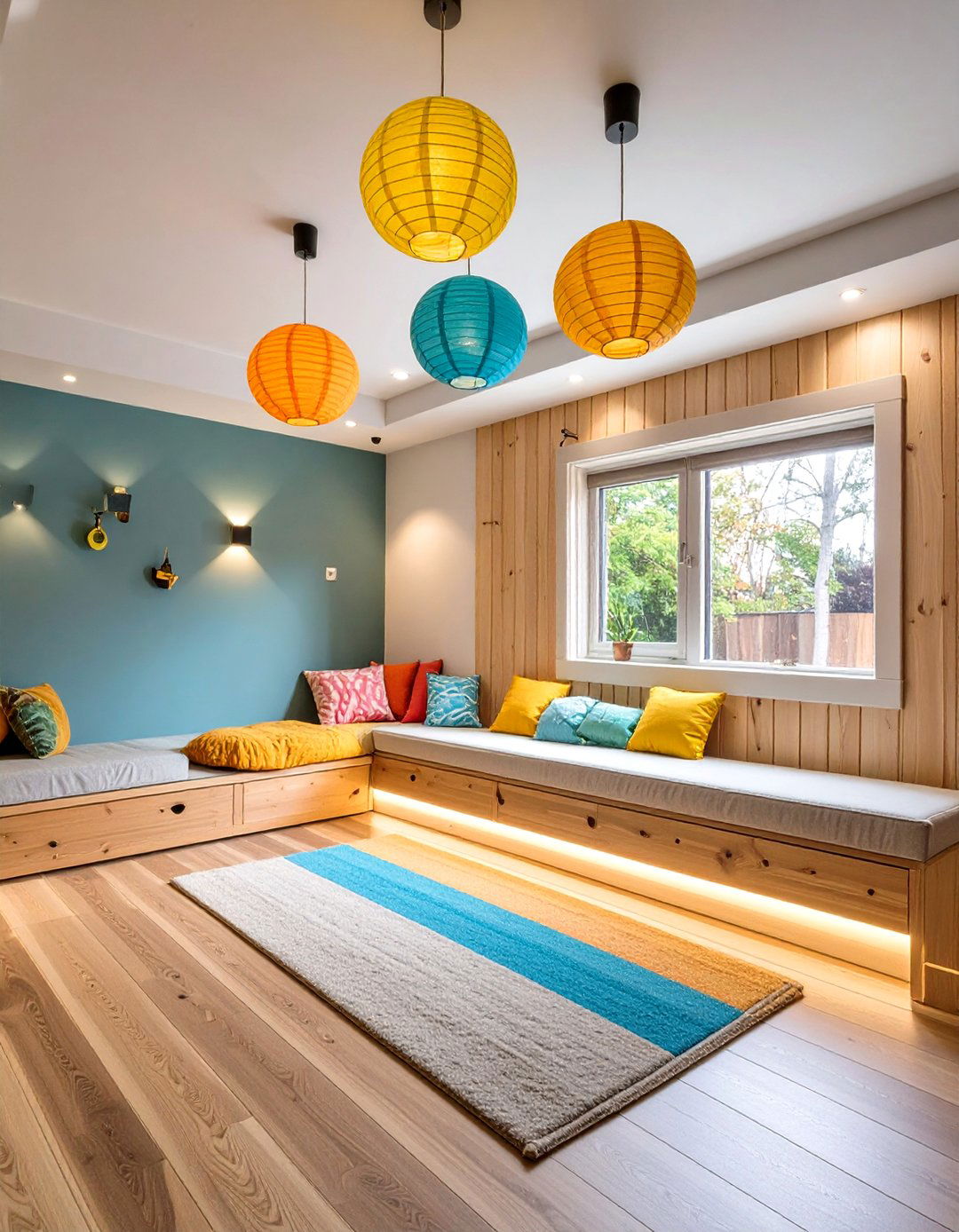
Add dimmable wall sconces at child-appropriate heights to create a cozy atmosphere, and install LED strip lighting along baseboards or crown molding for subtle background illumination . Basement playrooms often lack natural light, making strategic lighting essential for safety and ambiance. Position accent lighting to brighten dark corners using colorful paper lanterns or string lights, running extension cords through open ceilings when necessary . Floor lamps work excellently for redirecting light where needed most, particularly near activity areas like game tables and art stations . Mount adjustable LED track lighting above dedicated zones and include desk lamps with flexible arms for homework stations, choosing fixtures with color temperature controls to support different basement playroom activities .
4. Built-In Basement Playroom Storage Systems
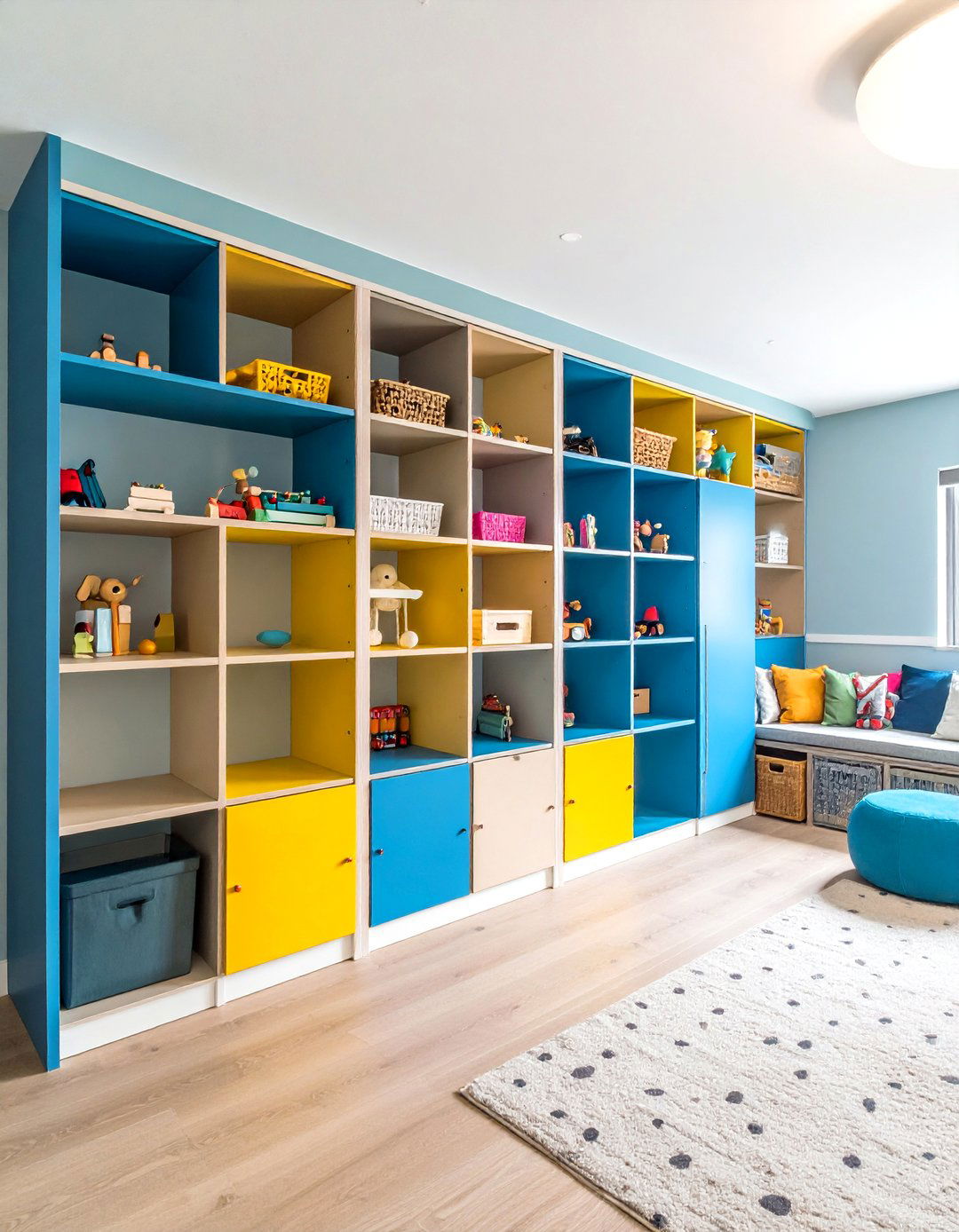
Install custom floor-to-ceiling cabinets along basement walls to create dedicated storage zones without sacrificing floor space for play activities . Built-in storage units with adjustable shelving accommodate toys of varying sizes while matching your home's aesthetic perfectly. Consider adding pull-out drawers at child height for easy access to frequently used items, and include closed cabinet doors for storing seasonal or less-used toys in your basement playroom . A built-in unit provides instant storage while allowing you to organize items by frequency of use, keeping everyday toys at eye level and special occasion items on higher shelves . Window seats with storage compartments underneath combine comfortable seating with extra organization, maximizing every inch of your basement playroom space.
5. Themed Basement Playroom Adventures
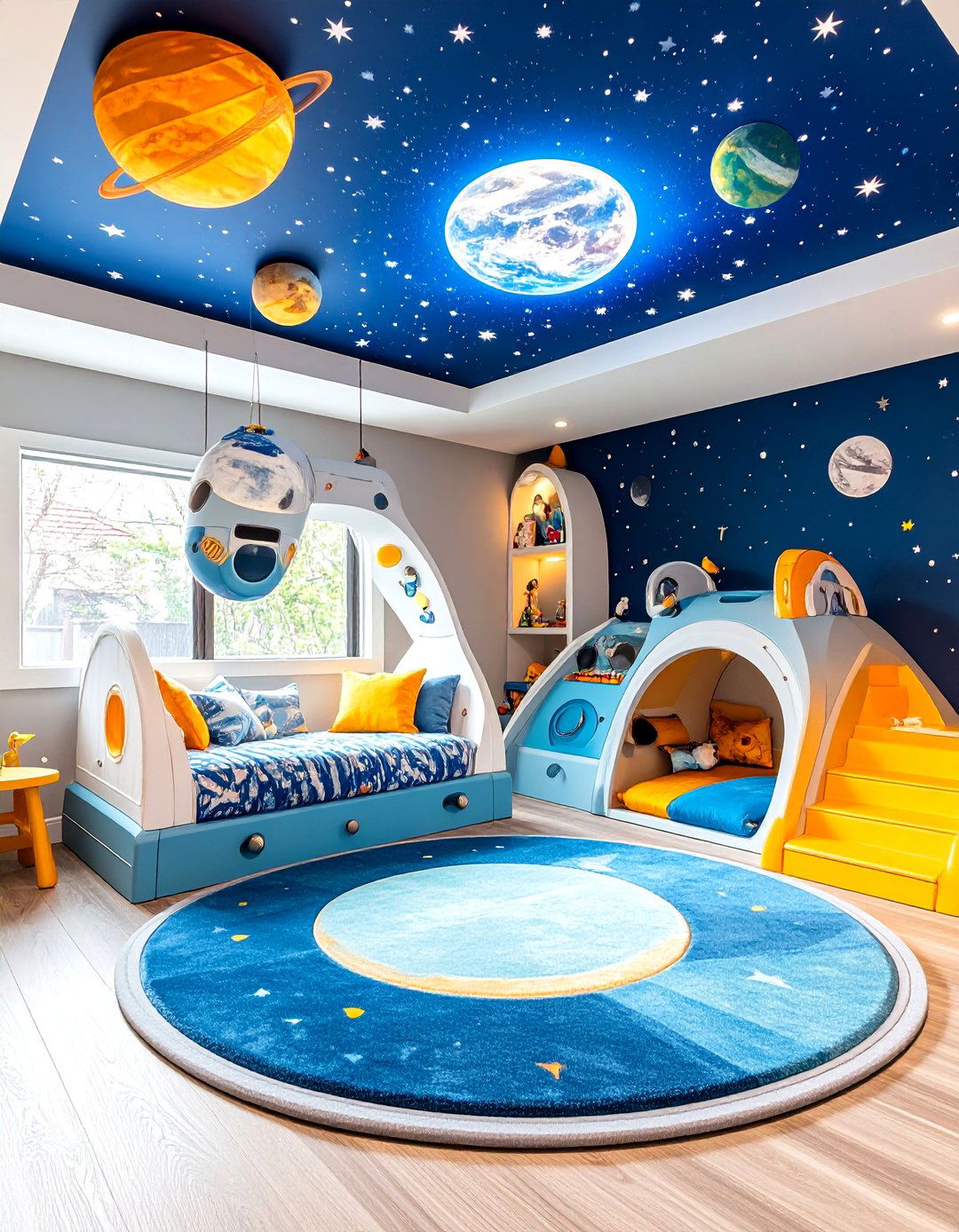
Among the many options available for creating a playroom in your basement are themed designs that reflect your child's interests, from favorite characters to outer space adventures . Launch a space station play area featuring a spaceship play structure, control panels, and a starry ceiling, using dark colors and glowing elements to create an authentic space feel . Transform the space with pastel colors for a fairytale theme, incorporating dollhouses, plush rugs, and dreamy canopies, or create an outdoor adventure zone with forest murals and natural wooden toys . When selecting themes, consider your children's current interests and how backgrounds or murals can be updated as they grow, ensuring your basement playroom remains engaging for years . Themed designs encourage imaginative play while creating cohesive, visually appealing spaces.
6. Indoor Climbing Wall Basement Playroom Feature
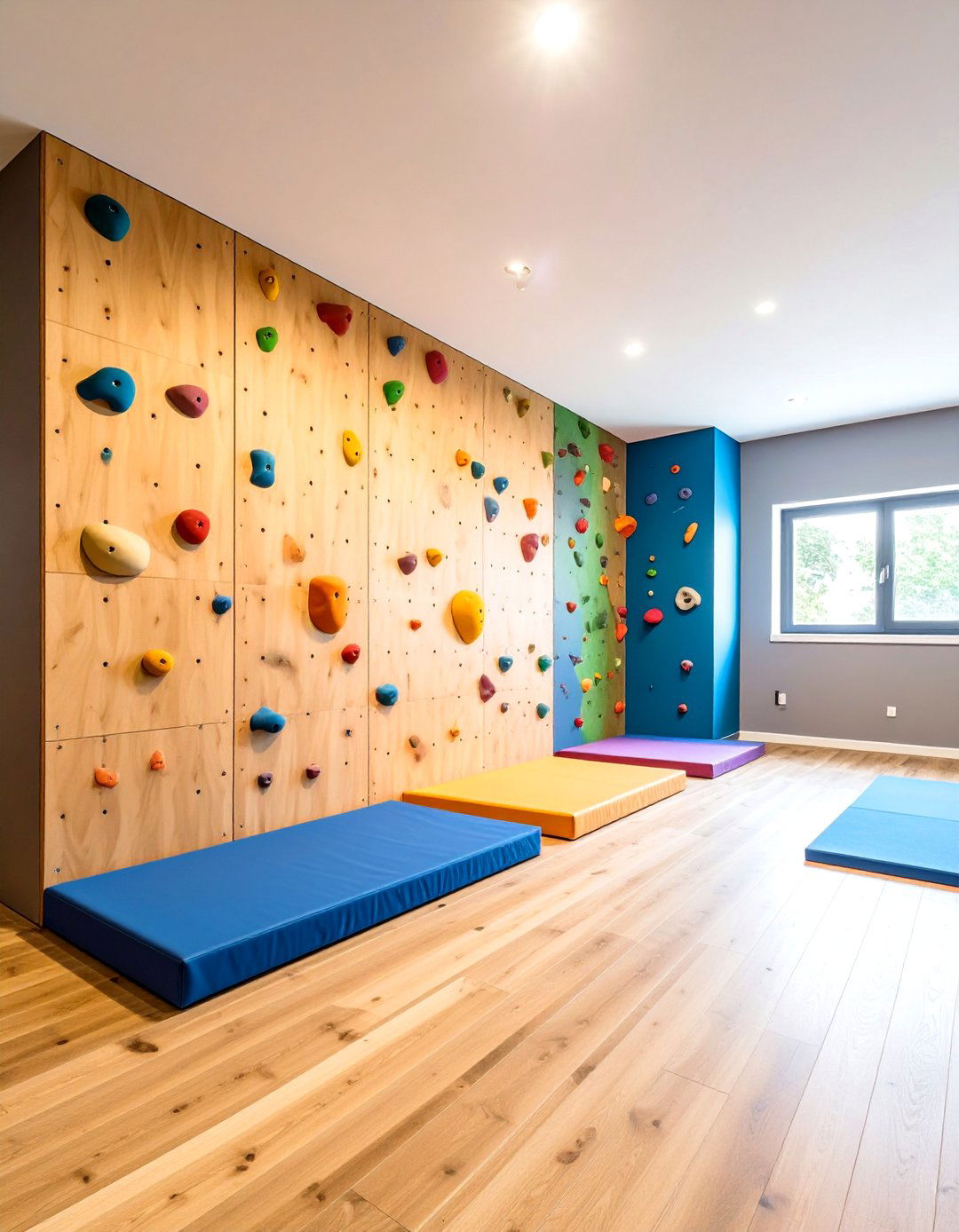
A home climbing wall is not just an excellent tool for physical exercise; it's a gateway to adventure right in your basement playroom . Install a DIY climbing wall using higher-grade hardwood plywood attached to wall studs, creating a grid pattern for T-nuts that allow easy rearrangement of colorful climbing holds. Cover the entire wall with plywood and attach it securely to studs, making the climbing surface strong enough for both children and adults while ensuring maximum safety. Use floor paint designed for high-traffic areas to create a rock-like appearance, and pre-drill all screw holes to ensure smooth surfaces without sharp edges. Place crash mats at the base for safety, and consider color-coding routes like professional climbing gyms to create different difficulty levels in your basement playroom.
7. Cozy Reading Nook Basement Playroom Corner
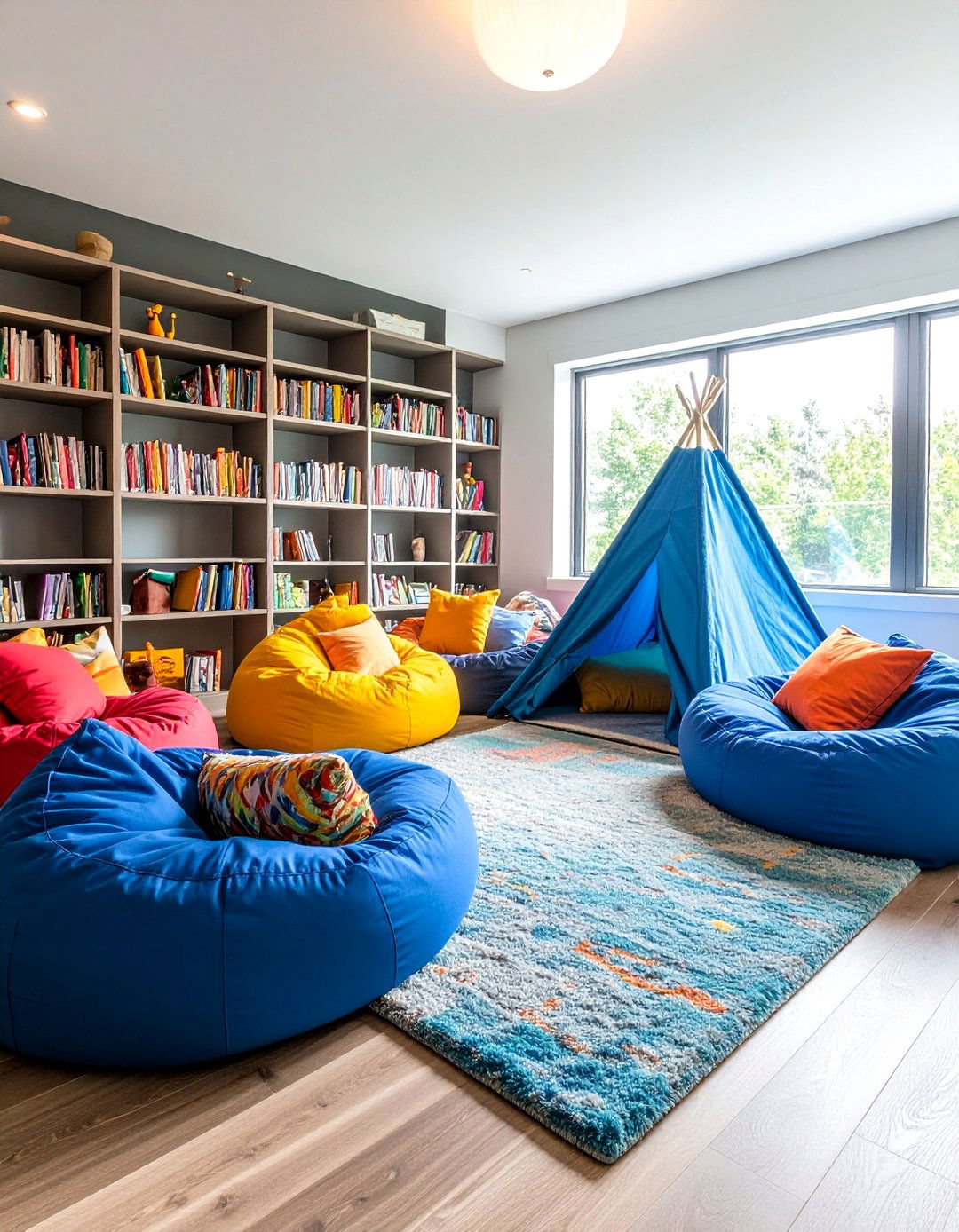
Design a cozy reading corner with soft cushions, bean bags, and floor pillows, installing floating bookshelves at child height to display books with covers facing forward . A reading nook can benefit your family in two ways: serving as a beloved spot for children who naturally love to read, or encouraging reading for reluctant readers in your basement playroom . Create an elevated reading space using wooden construction with decorative elements, making it a special adult-free zone that children can claim as their own. Fill a canvas tent with pillows and cozy blankets to create an inviting private nook where kids can let their imaginations run wild . Position this quiet retreat away from noisy play areas, preferably near natural light sources, and add dimmable lighting for comfortable reading sessions.
8. Interactive Art Station Basement Playroom Zone

Add a large chalkboard or whiteboard wall for practicing writing, drawing, and problem-solving, mounting removable wall decals featuring educational content like world maps or solar systems . Design an artistic creation station filled with supplies for painting, drawing, sculpting, and more, incorporating storage solutions that keep materials organized and easily accessible . Consider painting a large section of wall with chalkboard paint, allowing children to create their own art to decorate the basement playroom whenever inspiration strikes . Install six framed corkboards hung neatly on walls to provide a rotating showcase for children's artwork that doubles as decorative elements . Include child-height tables with built-in storage for art supplies, and use plastic bins to organize different types of materials for easy cleanup.
9. Active Play Gym Basement Playroom Setup
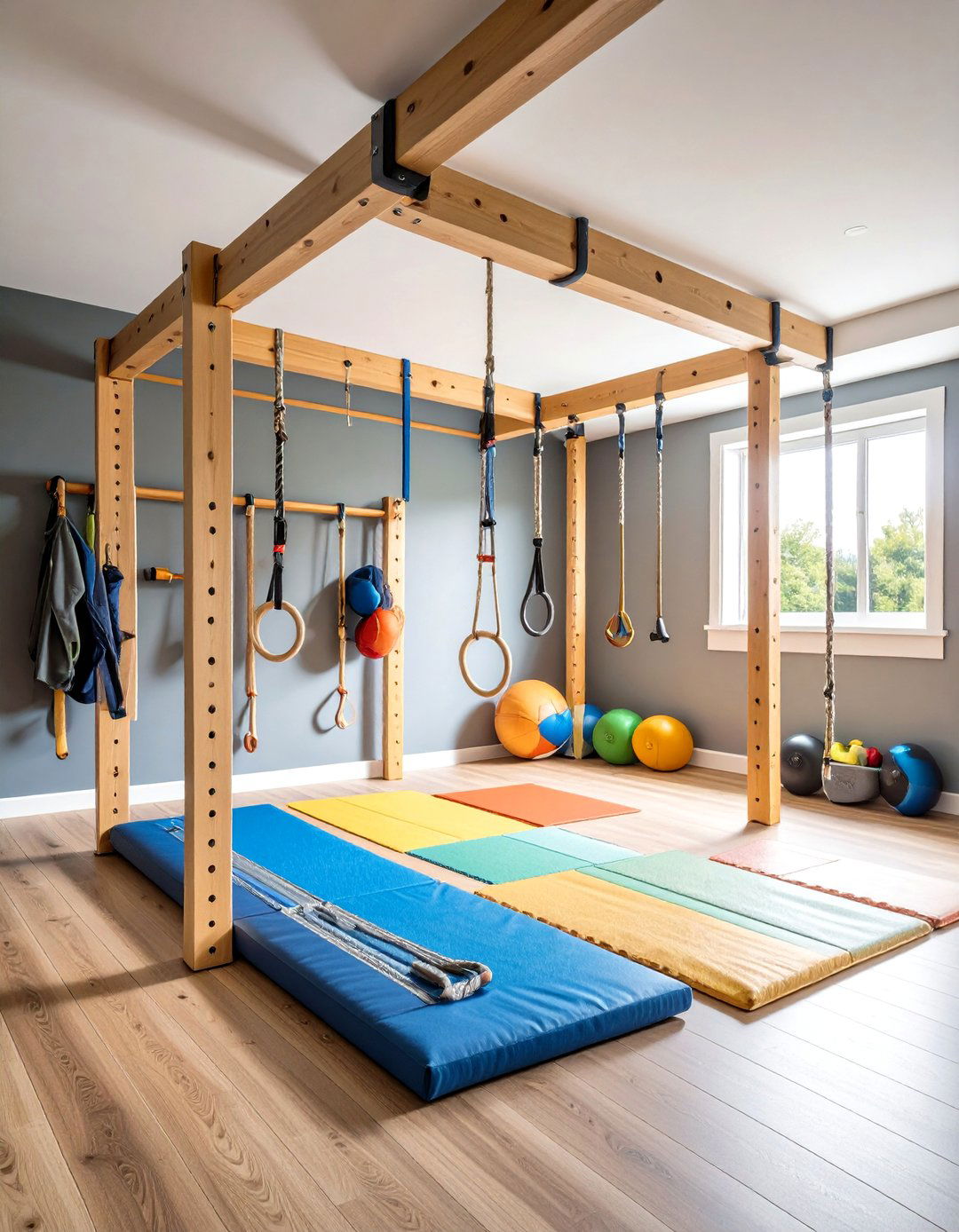
A gym play center is perfect for active kids, incorporating climbing walls, monkey bars, or even a mini trampoline to help children burn off energy without leaving the house. Add gym play equipment that provides motor skill development, sensory play, and physical exercise in the safety of your basement playroom, choosing play centers that fit your available space . Install swing and rope attachments using multipurpose hooks on structural beams, allowing you to adjust equipment based on how children want to play and their ages. Include hanging rings, rope ladders, gymnast bars, and various swing options to create diverse physical challenges. Convert part of your basement into a mini sports arena with basketball hoops, soccer goals, or rock climbing features, creating a safe environment for practicing favorite sports .
10. Smart Storage Cube Basement Playroom Organization
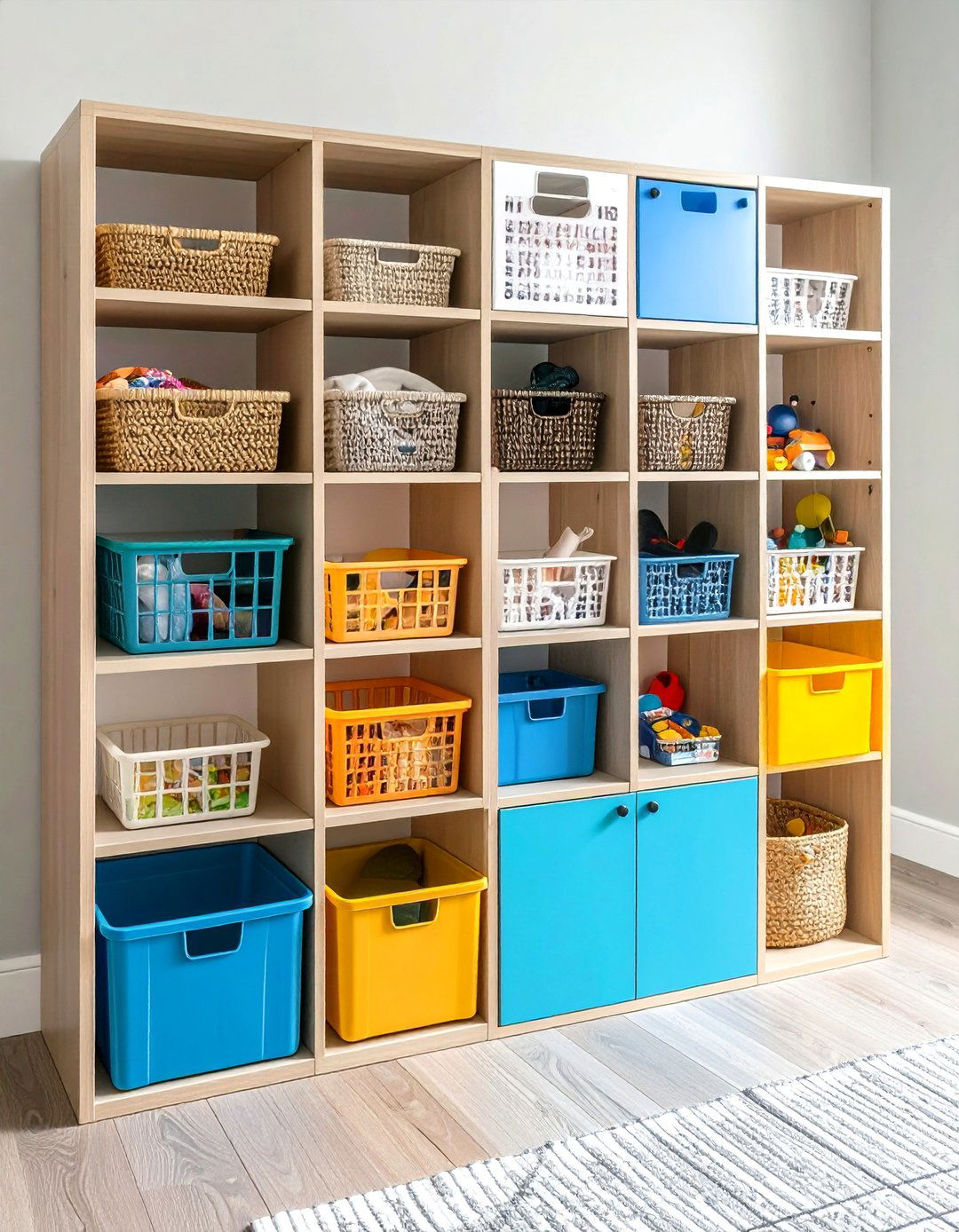
Cube storage saves space, allows easy access for kids, and helps maintain the illusion of playroom organization while remaining both Instagram-worthy and affordable . Use modular organizers that can grow and expand with your children, incorporating numbered storage baskets to give kids an easy-to-understand organization system . Create custom closet solutions to keep visual clutter at bay, arranging toys on shelves and using baskets to contain smaller items . Label every bin, tub, and basket using a label maker to create simple but effective basement playroom organization that helps children easily find and return toys to their proper places . Choose sturdy plastic bins that can withstand rough handling while maintaining your organizational system long-term.
11. Basement Playroom Media Entertainment Center

Having a section in your basement playroom designated solely for media keeps gadgets safe while containing electronic activities in one area . Set up a musical melody room with various instruments, soundproofing materials, and a performance area, including recording equipment for older kids to explore music creation . Install a TV console designed for low ceilings, choosing kid-friendly and durable furniture that can withstand active play around electronic equipment . Incorporate LED light strips that children can control to set different moods, and include open shelving to organize movies, games, and electronic accessories. Design separate viewing areas for different age groups to minimize conflicts during screen time in your basement playroom.
12. Basement Playroom Safety and Emergency Preparedness
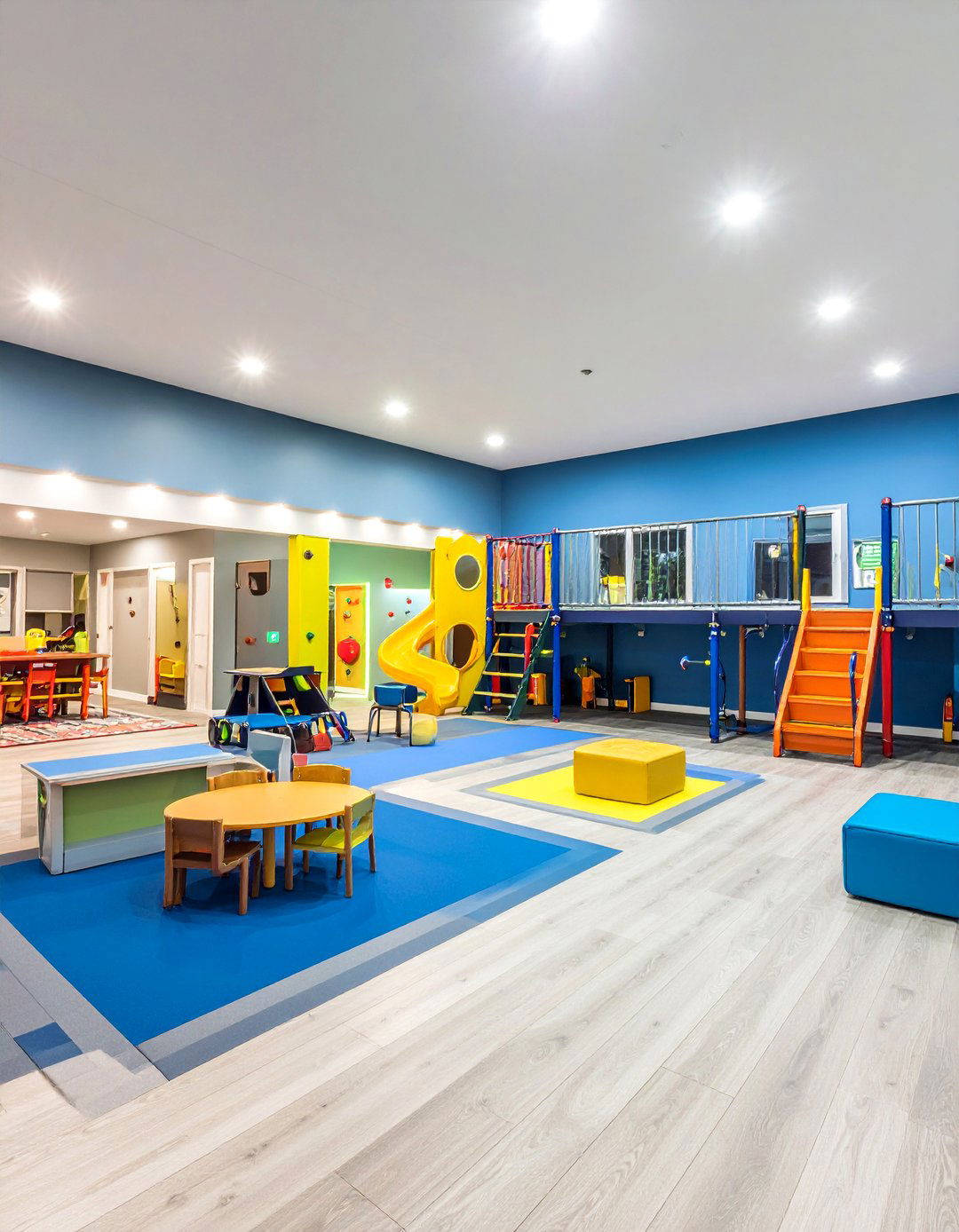
Mount tip-resistant straps on tall furniture like bookcases and storage units, and place safety gates at stairways while restricting access to utility areas with childproof locks . Check the electrical system to ensure it meets code requirements for plug-in toys and electronics, while updating lighting to provide adequate illumination for safe movement . Install illuminated exit signs that remain visible during power outages, creating at least two clear escape routes marked with glow-in-the-dark arrows or tape . Keep emergency tools within parent reach including fire extinguishers and first aid kits, and consider installing baby monitors for supervision from other rooms . Ensure basement playroom windows meet egress requirements with easy-to-operate mechanisms that children can use during emergencies.
13. Colorful Basement Playroom Mood Enhancement
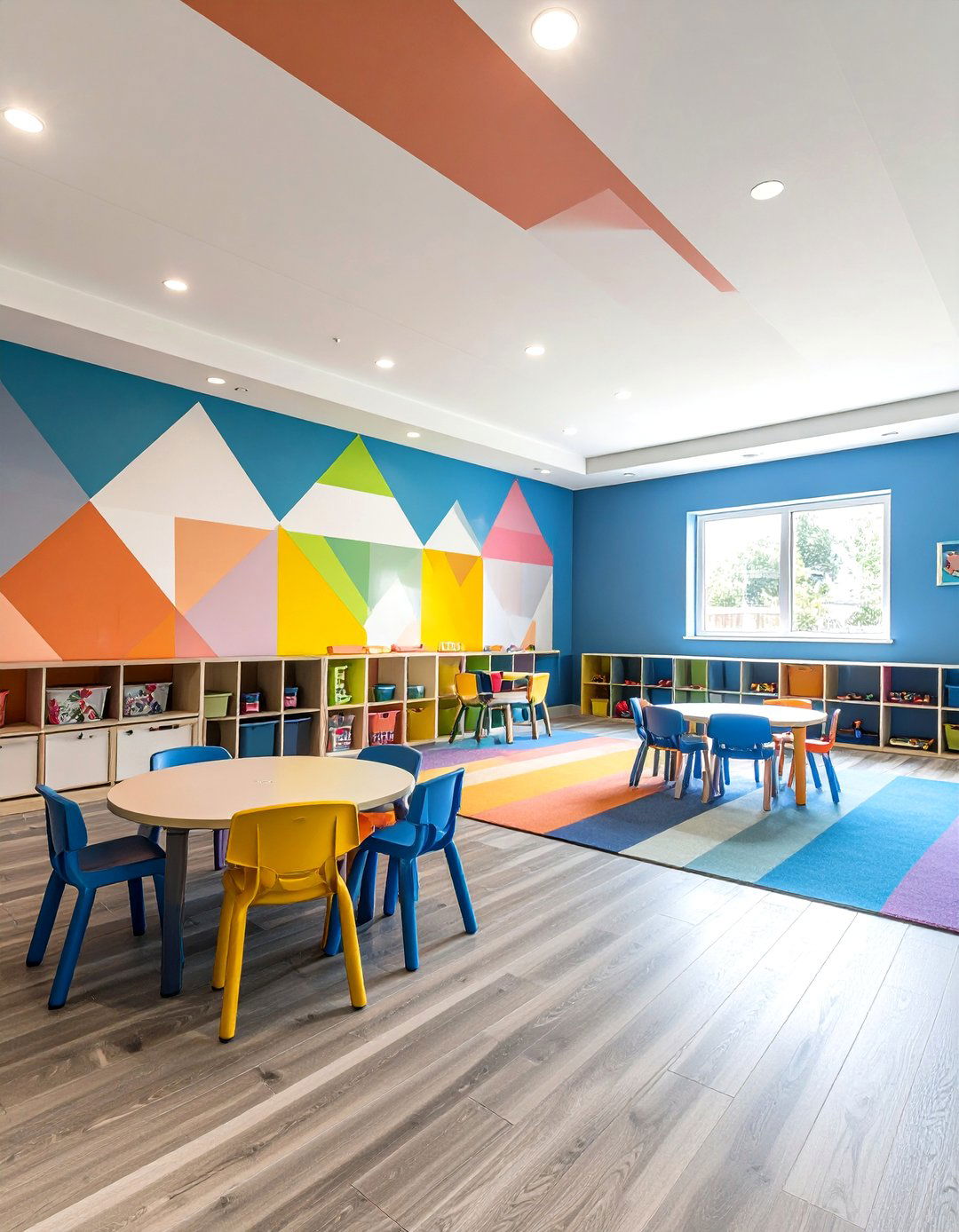
Brighten up your basement play area with bold colors to make it fun and inviting, as colors are essential in setting the room's tone and can stimulate brain activity while boosting creativity and mood . Use colors and texture to stimulate your child's desire to keep coming back, with studies showing benefits of primary colors for enhancing creative and cognitive development . A lively color palette energizes the space and stimulates creativity, whether applied to walls or furniture, injecting loads of playfulness into the basement playroom design . Paint geometric patterns across walls and even extend them onto ceilings, using colors that match organization bins and rugs for cohesive design . Consider how preschool classrooms use color to create welcoming, stimulating environments that encourage learning and creativity.
14. Flexible Furniture Basement Playroom Solutions
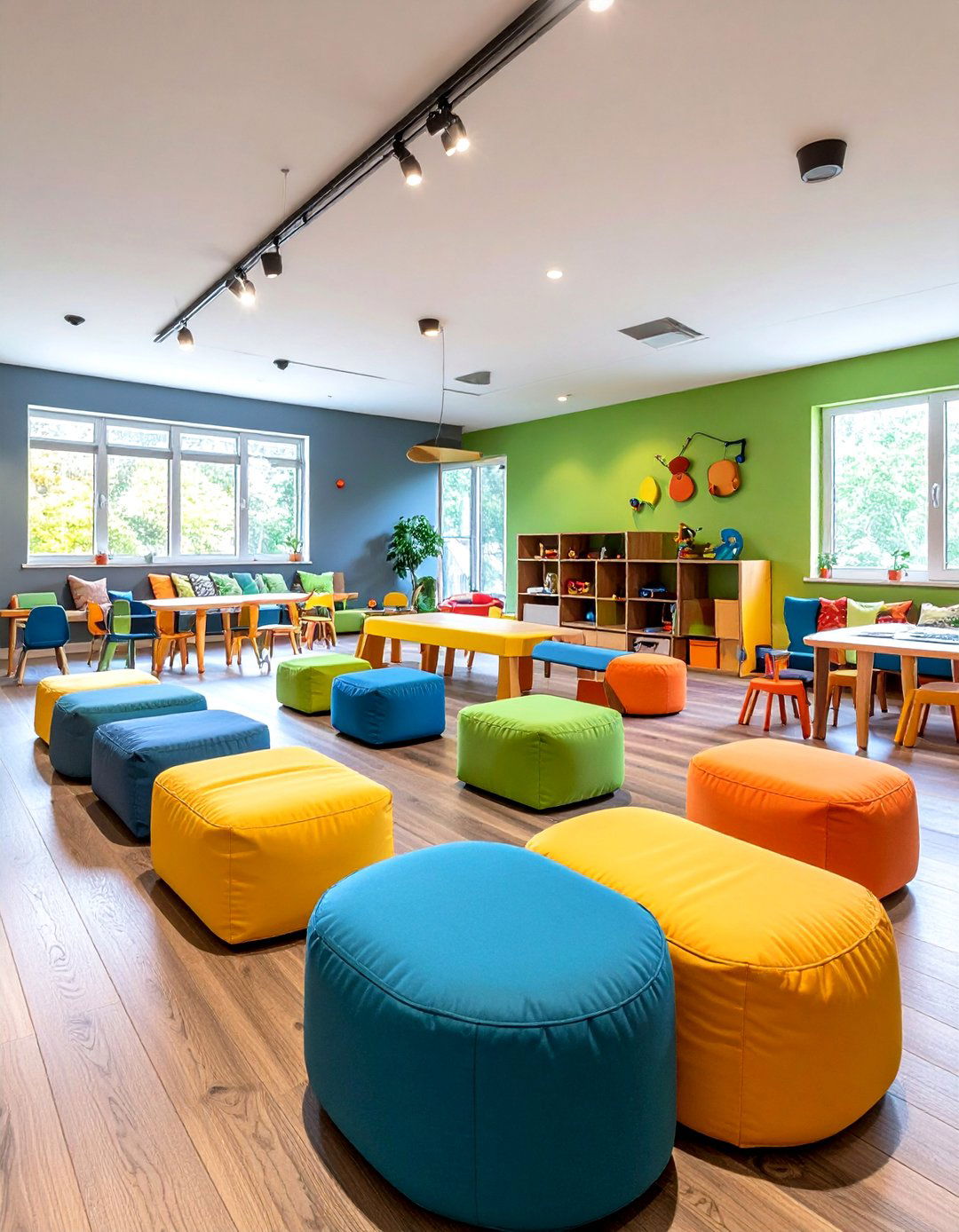
Opt for furniture that can double as storage, like ottomans or benches with hidden compartments, keeping your playroom tidy without compromising style . Choose furniture that can withstand active play while keeping kids comfortable and safe, selecting pieces specifically designed for children's needs . Consider ultra-suede materials that resist stains and are easy to wipe clean while feeling soft and warm, or use vinyl and leather-look fabrics that clean easily but may need colorful blankets for warmth . For basements with low ceilings, choose low-profile pieces that work well with height restrictions while remaining kid-friendly and durable . Include child-sized tables and chairs that encourage independent play while providing appropriate scale for your basement playroom activities.
15. Educational Learning Hub Basement Playroom Design
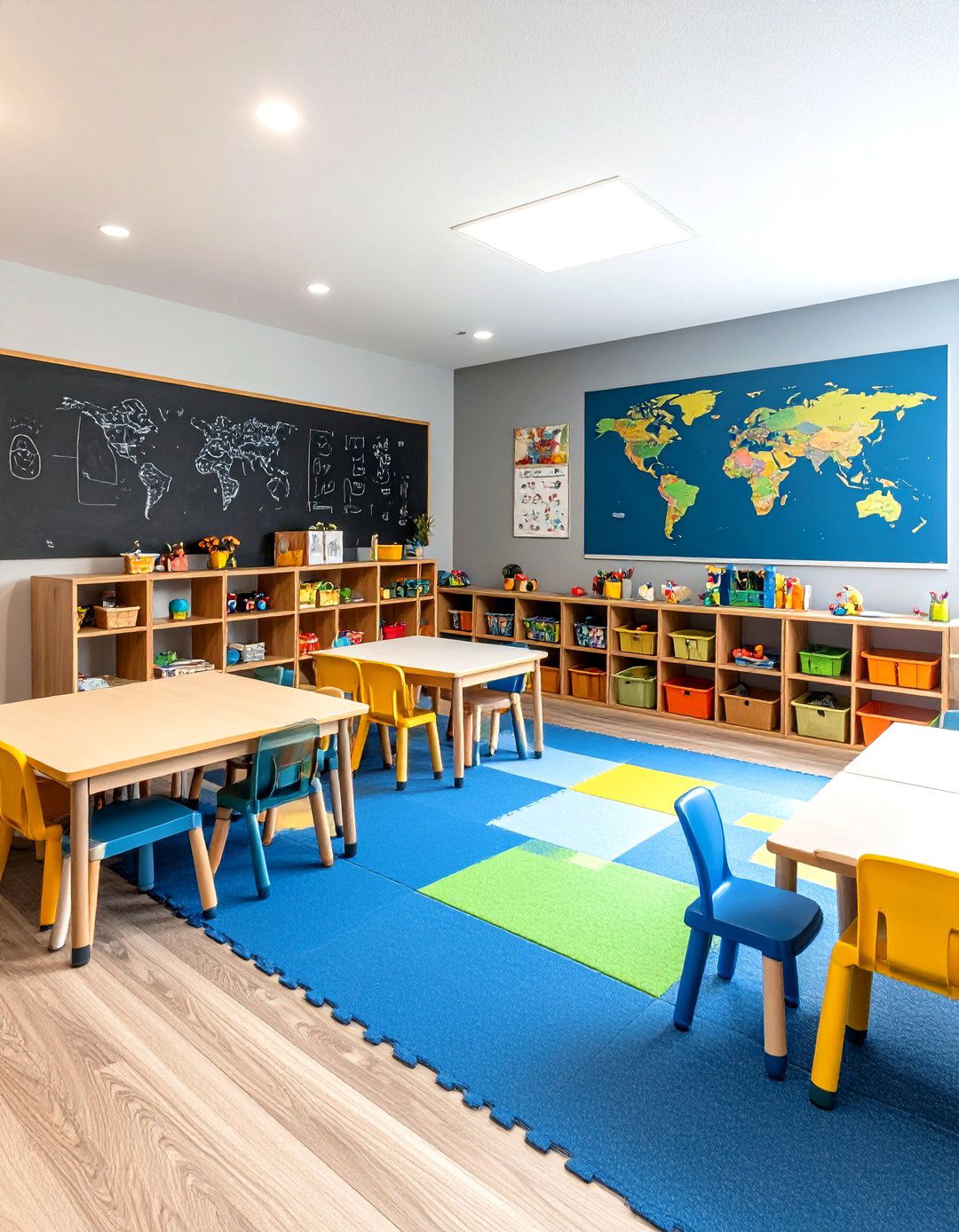
Create an interactive learning hub with educational toys, digital interactive floors, and walls painted with chalkboard paint, including sections for reading, arts and crafts, and STEM activities . Design a homework-encouraging space by creating an environment that children enjoy being in, making study time more appealing after long school days . Set up a classroom-style area complete with chalkboard and kids' desk, turning walls into educational surfaces where you can work together to draw learning patterns . Organize supplies for innovation-focused activities, storing items like pipe cleaners, paper, and scissors in easily accessible containers . Include world maps, educational posters, and interactive elements like weather charts to support cognitive development while maintaining the fun atmosphere of your basement playroom.
16. Nature-Themed Basement Playroom Environment
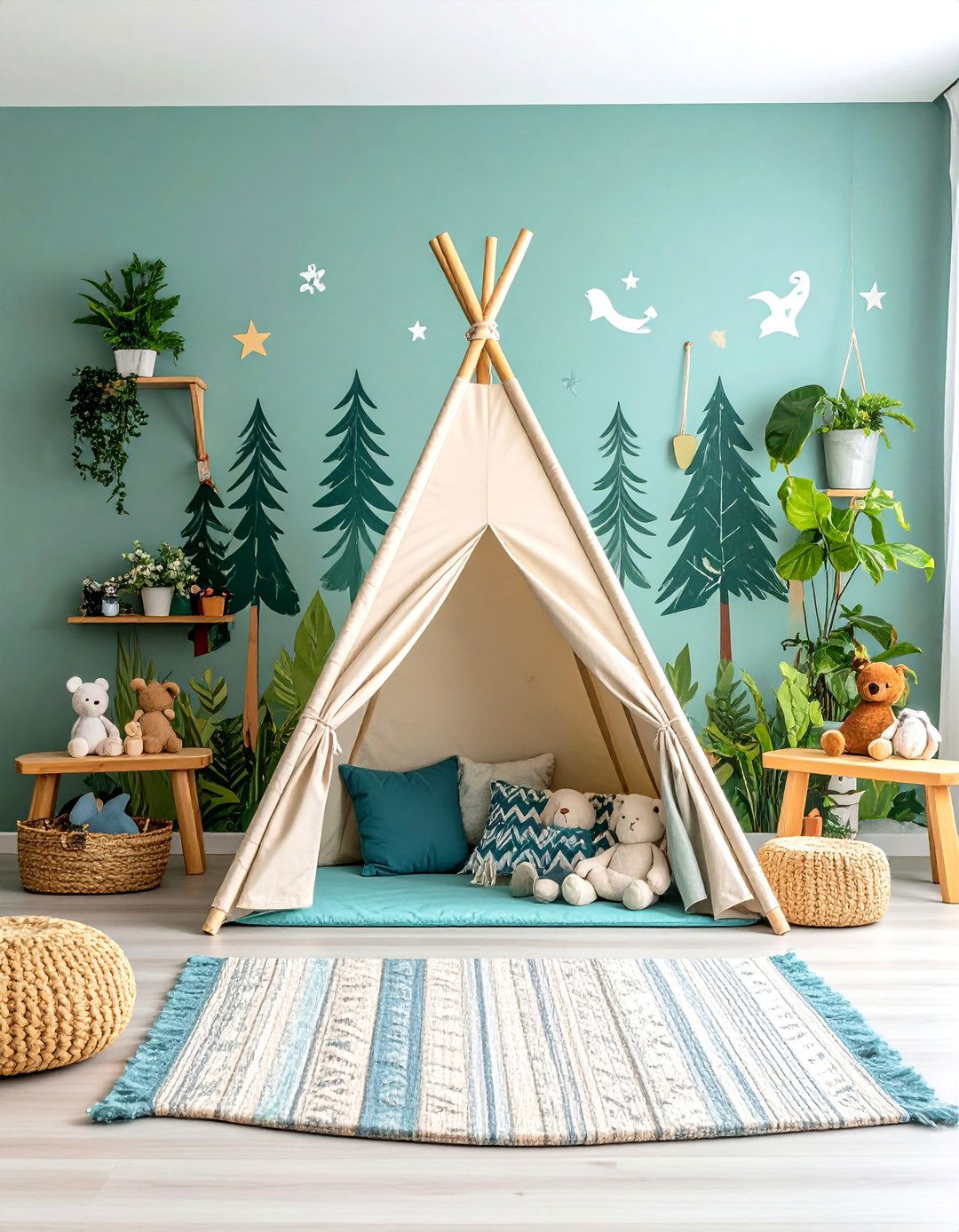
Decorate your basement playroom with a touch of the outdoors using forest, jungle, or beach themes, setting the scene with vibrant murals, fresh plants, and lively animal decor . Include hideouts and nooks for reading or imaginative play, using sound effects to enhance the magical atmosphere while fostering creativity and love for nature in a safe indoor environment . Add greenery and stuffed animals to bring natural elements into the space, creating an outdoor adventure feeling even in basement settings . Natural wooden toys and furniture enhance this wild ambiance while providing eco-friendly play options. Consider teepees or canopies that mimic outdoor tents, providing children with mini hideouts that encourage imaginative play . Soft nature sounds or themed background music can create a memorable multi-sensory experience in your basement playroom.
17. Basement Playroom Quiet Zones and Retreat Spaces
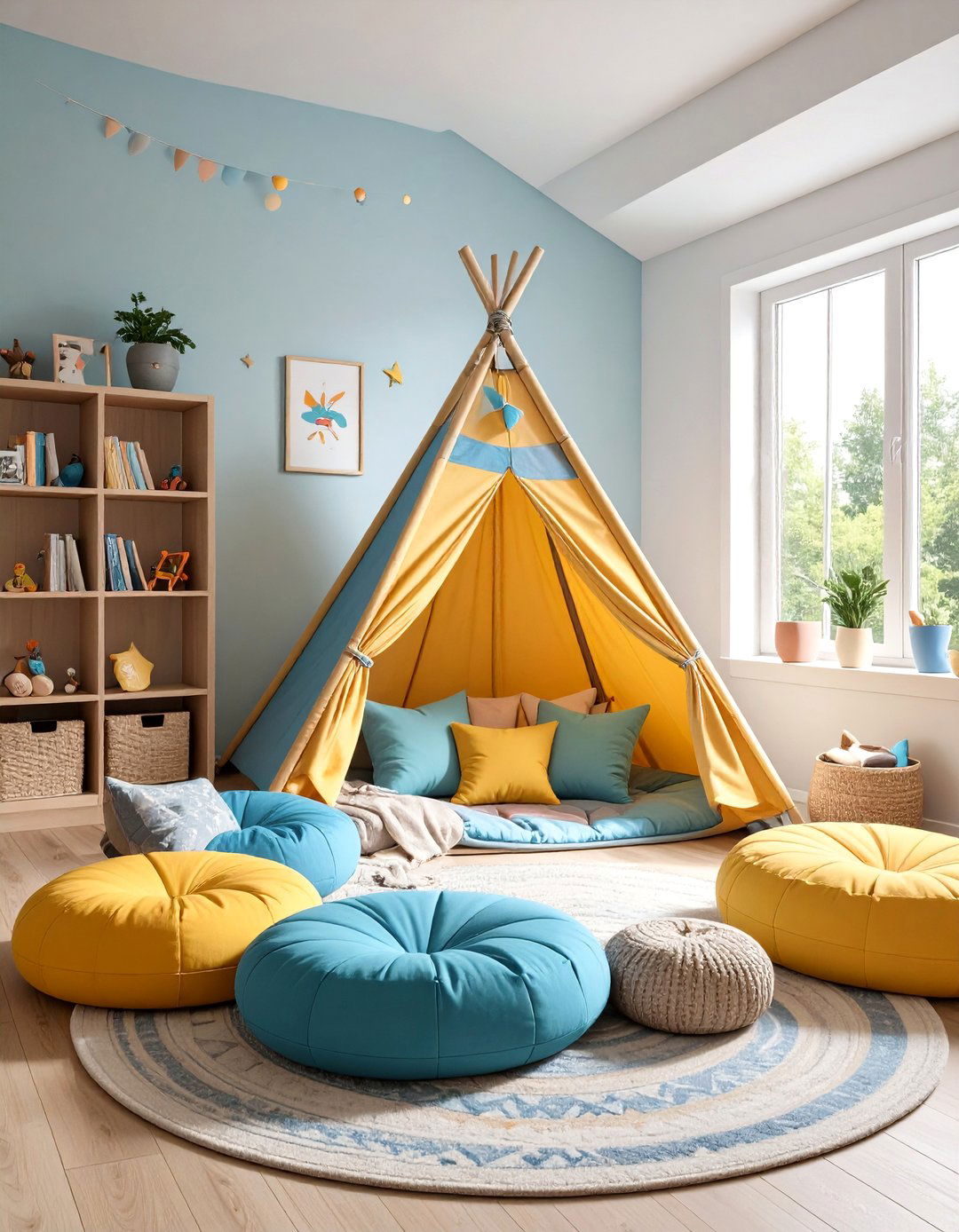
While a playroom should contain activities to stimulate a child's mind and provide exercise, it's equally important to provide quiet spaces where kids can retreat when they need safe, comfortable places for themselves . Create cozy corners by designating quiet areas with plush pillows, bean bags, or canopies that make reading or relaxation more inviting . Transform unused spaces like staircase niches into reading nooks outfitted with throw pillows, soft blankets, and open shelving for books . Fill small corners with comfy cushions that give children places to read, nap, or play quiet games away from active play areas . These sanctuary spaces within your basement playroom provide necessary balance between high-energy activities and peaceful downtime.
18. Basement Playroom Moisture and Climate Control

Install a proper moisture barrier to protect your basement playroom flooring from water damage and mold growth, starting with a 6-mil polyethylene vapor barrier directly on the concrete subfloor . Avoid hardwood flooring and traditional carpet in basement playrooms, as they can absorb excess moisture and lead to mold or warping . Choose Royal Interlocking Carpet Tiles that feature EVA foam backing with soft carpet surfaces, remaining impervious to water due to their closed-cell construction . If moisture becomes an issue, periodically pull up foam tiles to allow trapped moisture to dry before relaying the cushioned flooring . Consider dehumidifiers and proper ventilation to maintain optimal climate conditions for both comfort and material preservation in your basement playroom.
19. Creative Wall Features Basement Playroom Design
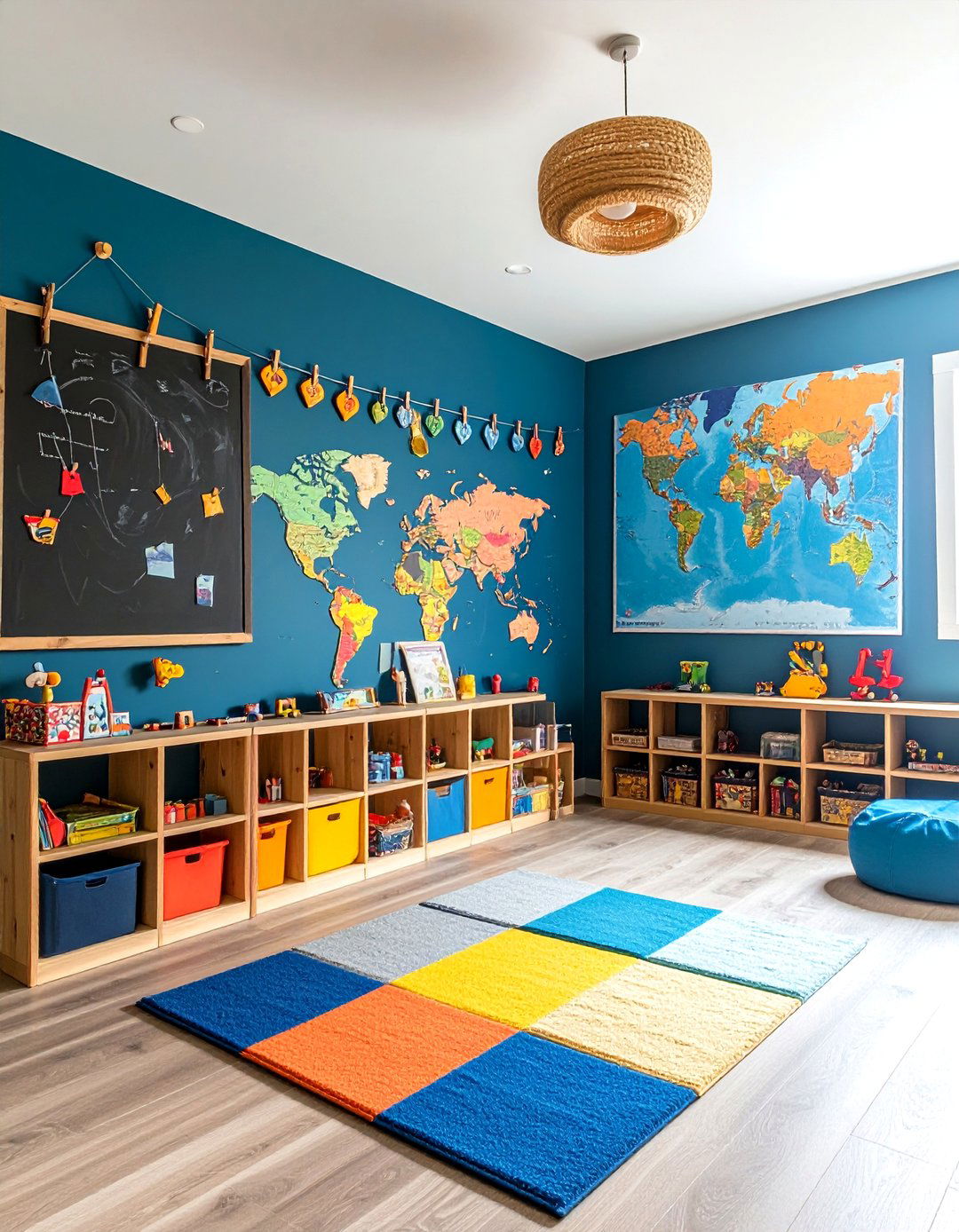
Hang interactive wall decor from chalkboard walls to magnet boards, creating decorations that not only beautify the room but also provide endless hours of fun . Use wood pants hangers as an unconventional solution for displaying children's artwork, allowing easy hanging and swapping as budding artists create new masterpieces . Incorporate a vivid map accent wall that creates fun looks while providing educational value, using bright colors perfect for children's basement playroom environments . Dedicate wall sections to display children's artwork, creating gallery walls that instill pride and accomplishment in their creative endeavors . Mount removable wall decals featuring educational content and create achievement walls with clotheslines and clips to showcase completed projects and rotating displays .
20. Multi-Functional Basement Playroom Growth Planning
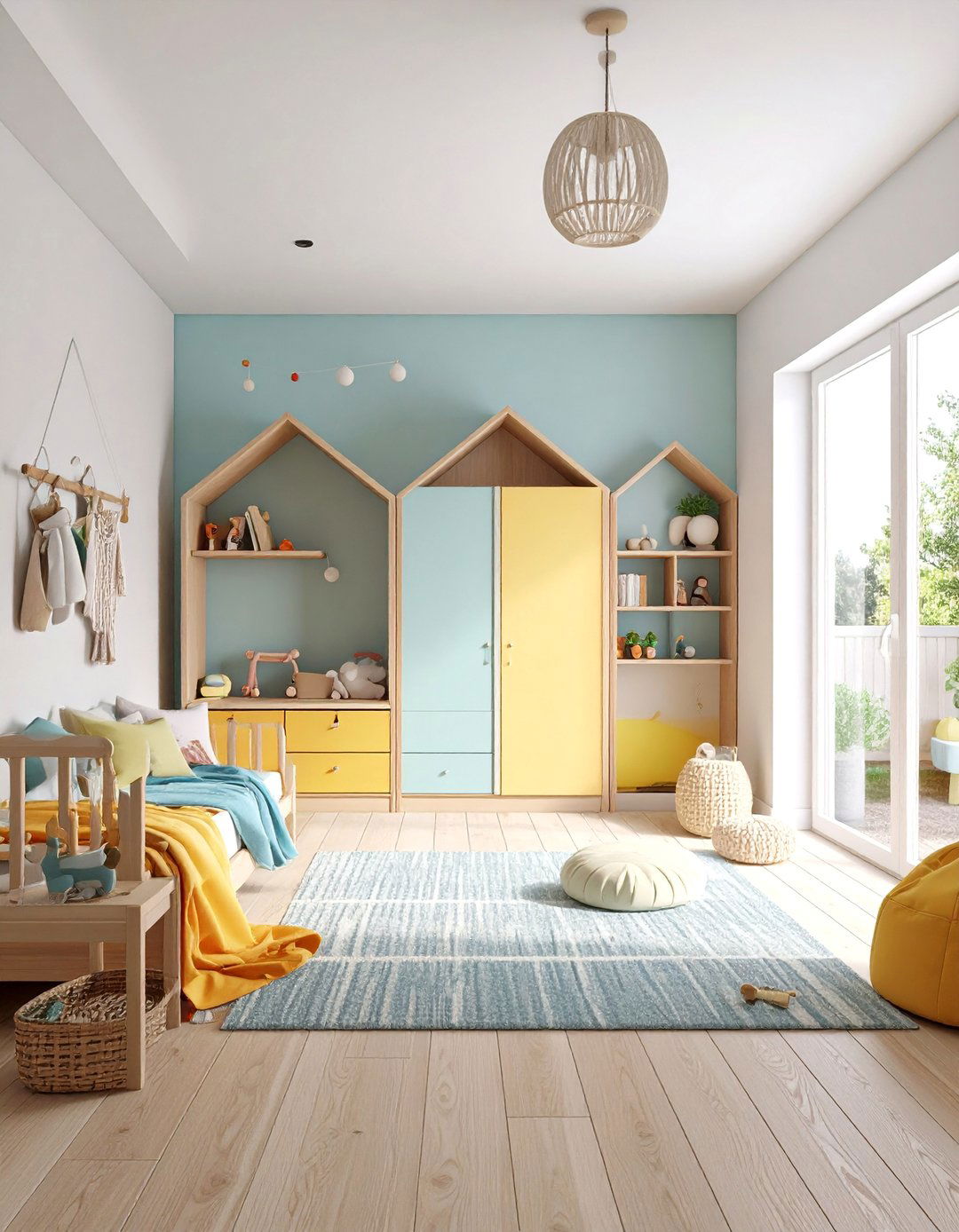
Design your basement playroom to grow with the child, ensuring it remains gender-neutral while including spaces for arts and crafts, building activities, reading, and physical play . Select storage solutions and furniture that can be easily repurposed as children age, choosing minimalist pieces that work for both young children and teenagers . Consider adding bathroom facilities during initial design phases, as a half-bath with toilet and sink provides convenience, while a three-quarter or full bath becomes valuable if you later convert the playroom to a guest room . Plan for multi-purpose functionality where the basement playroom can serve different family members' needs, incorporating zones for both children's play and adult relaxation or work . This forward-thinking approach ensures your basement playroom investment continues providing value as your family's needs evolve over time.
Conclusion:
Creating an exceptional basement playroom transforms underutilized space into a family hub that serves multiple generations and purposes. The key lies in balancing safety considerations like proper flooring and lighting with creative elements that spark imagination and encourage active play. From interactive climbing walls and cozy reading nooks to organized storage systems and themed adventures, these ideas demonstrate how thoughtful design can maximize both function and fun. Whether you're beginning with an unfinished basement or renovating an existing space, planning a functional design that grows with your family will add years of enjoyment and genuine value to your home . Your basement playroom investment will create lasting memories while providing children with a dedicated space to explore, learn, and develop essential life skills in the comfort and safety of home.


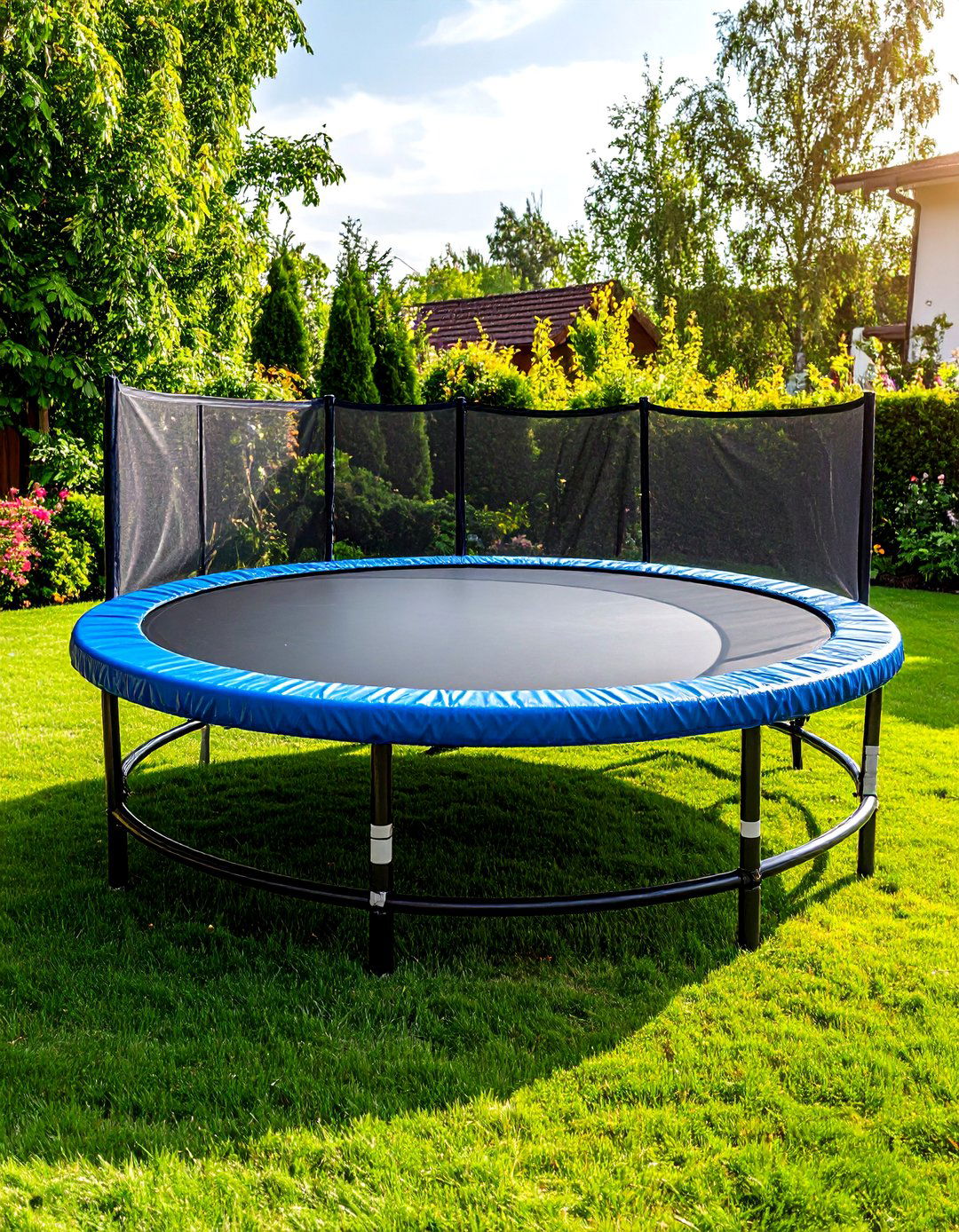
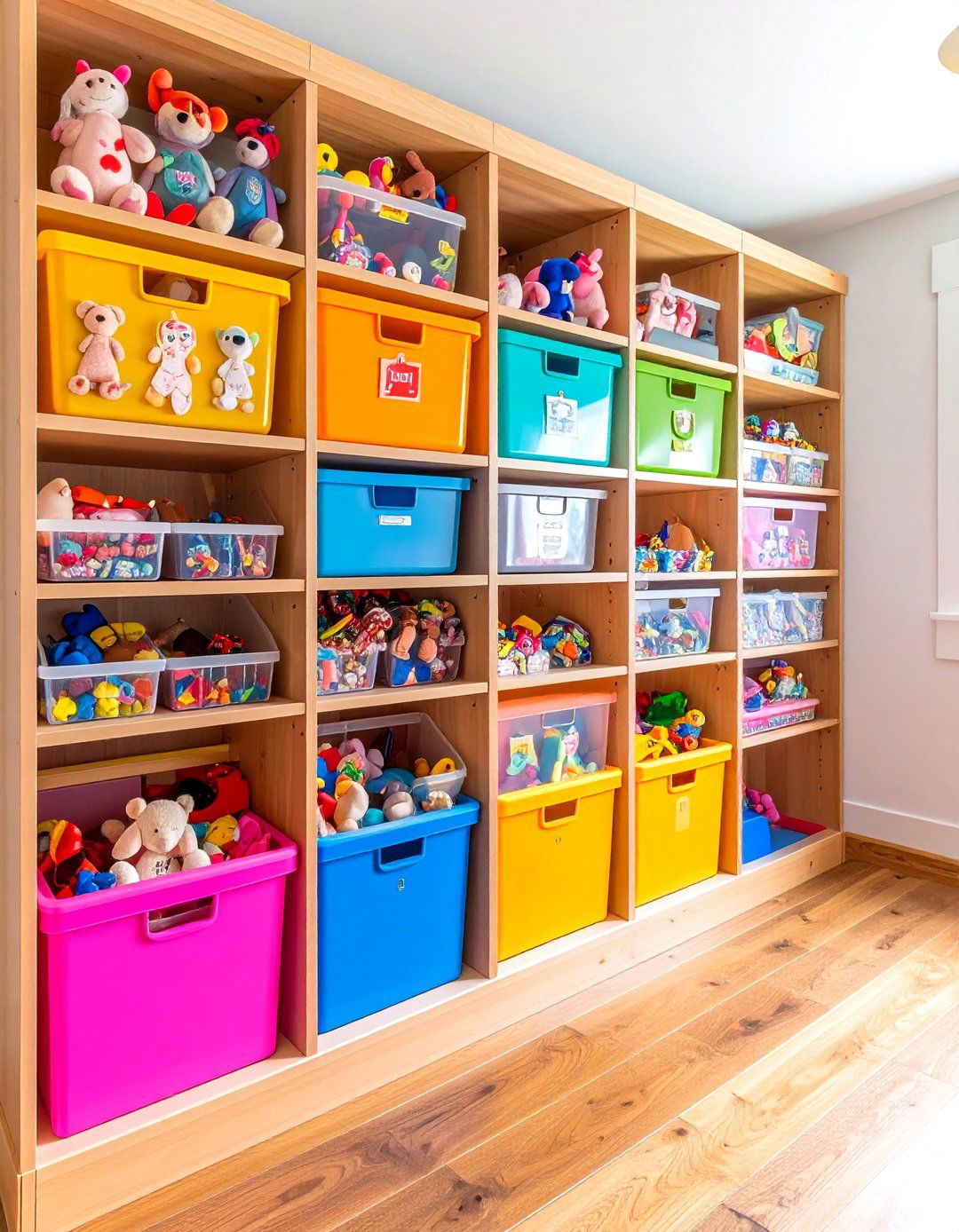
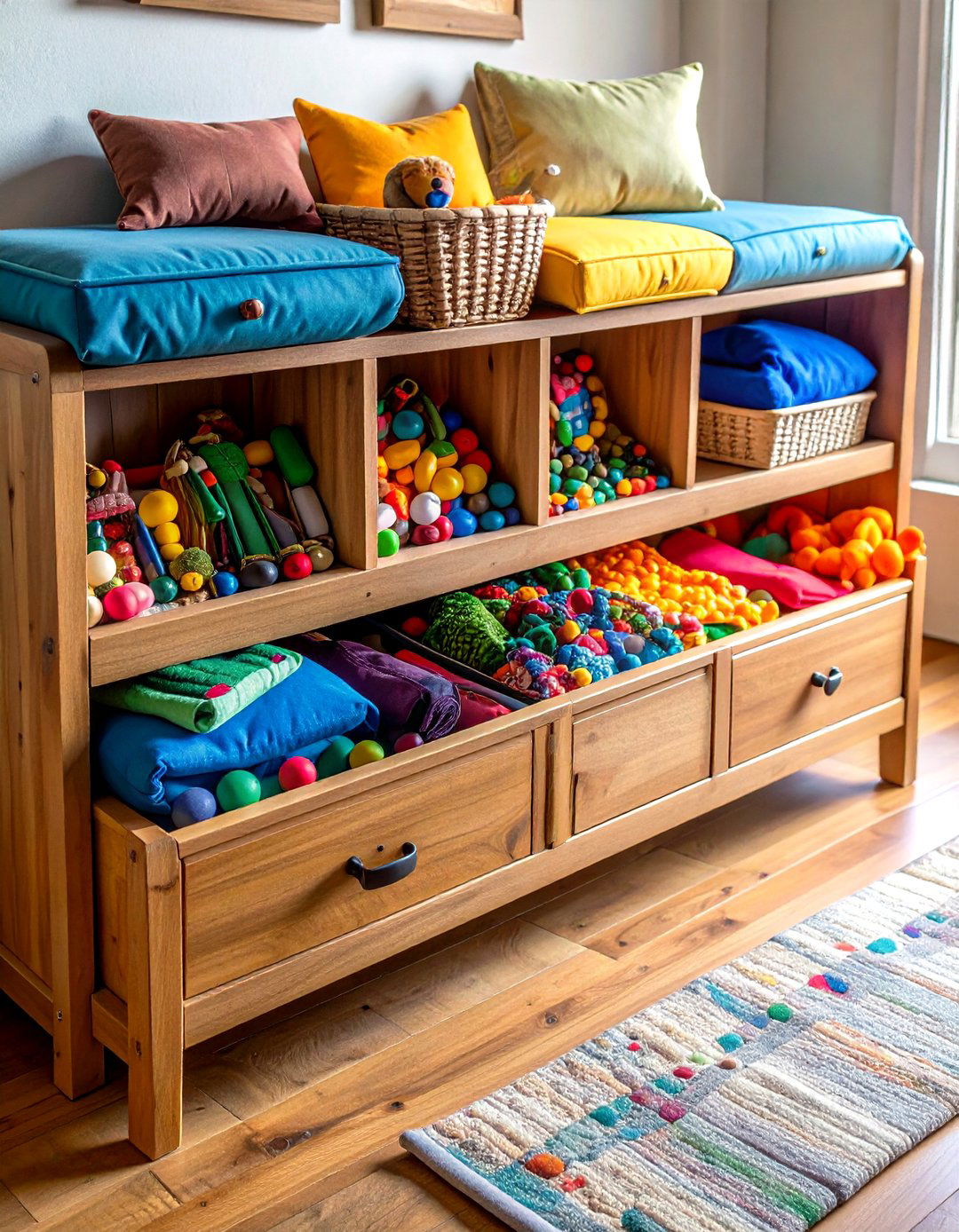

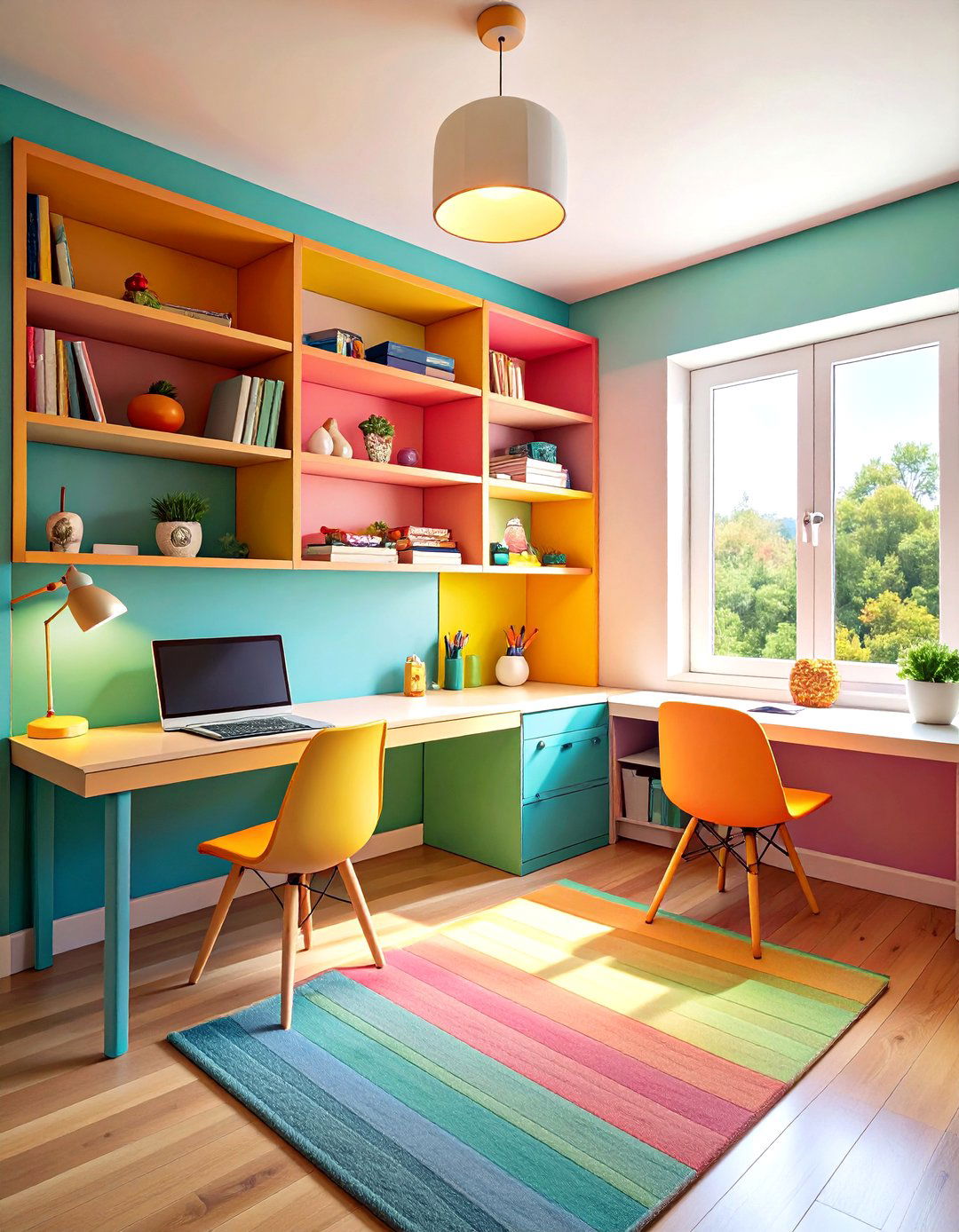

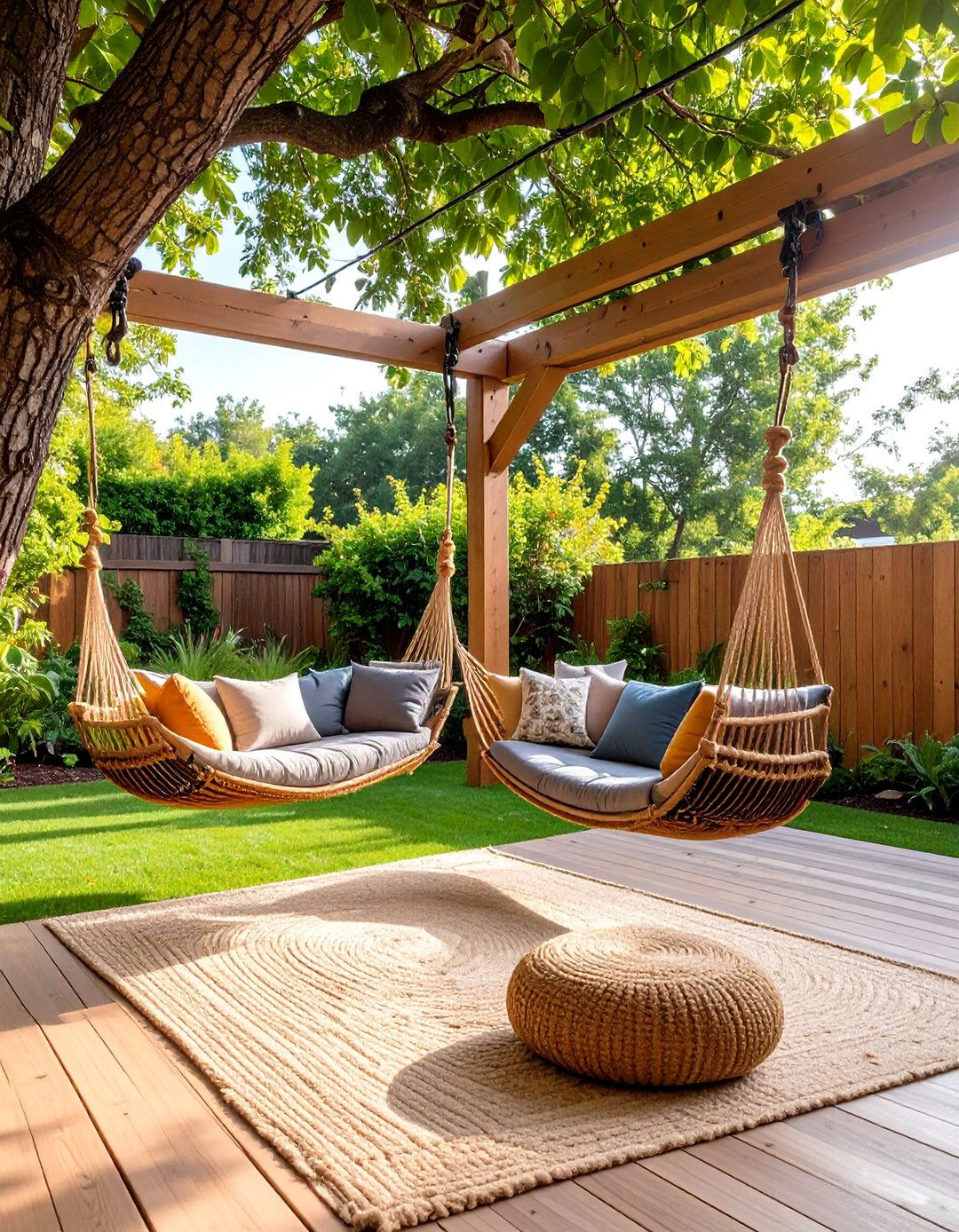
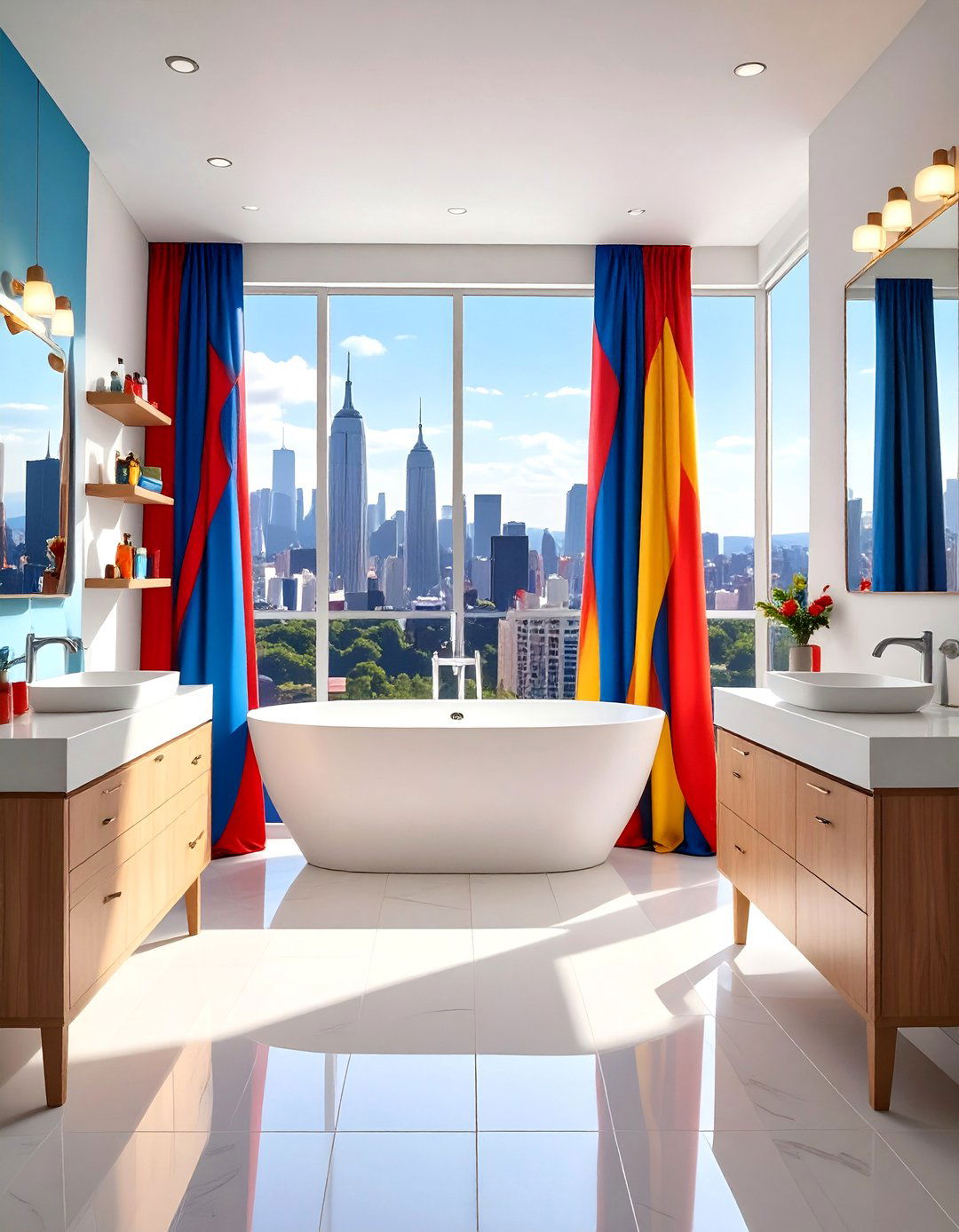
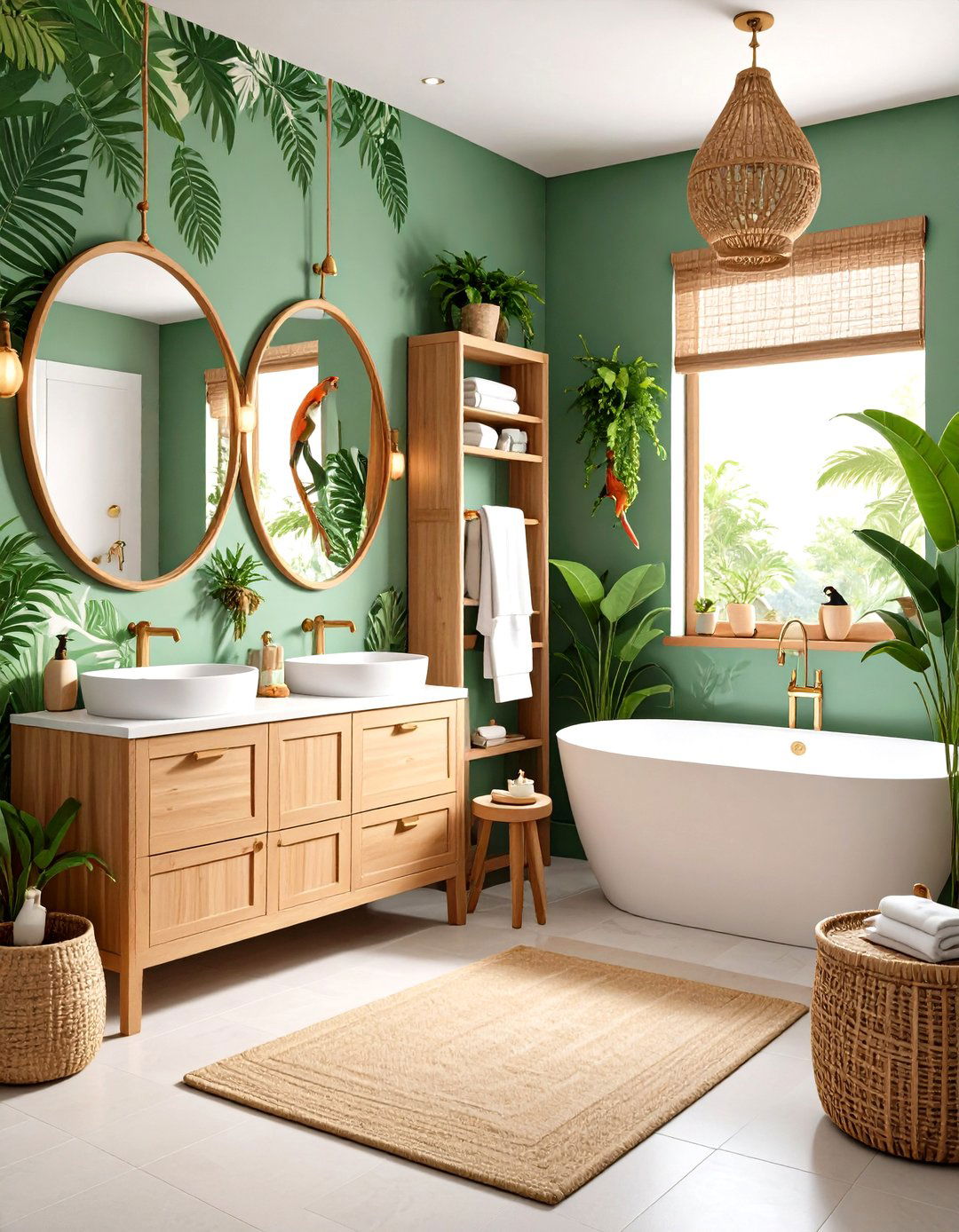

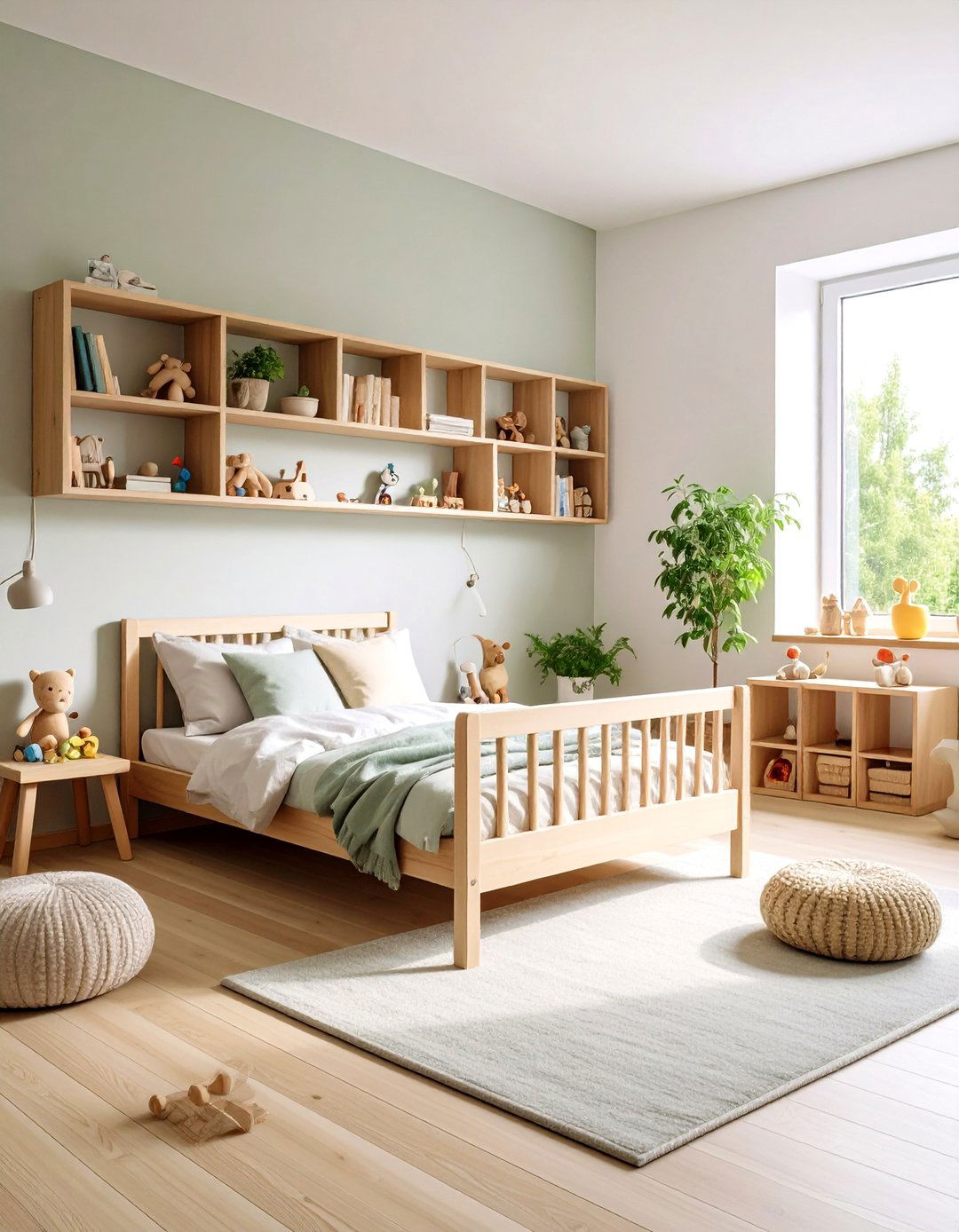
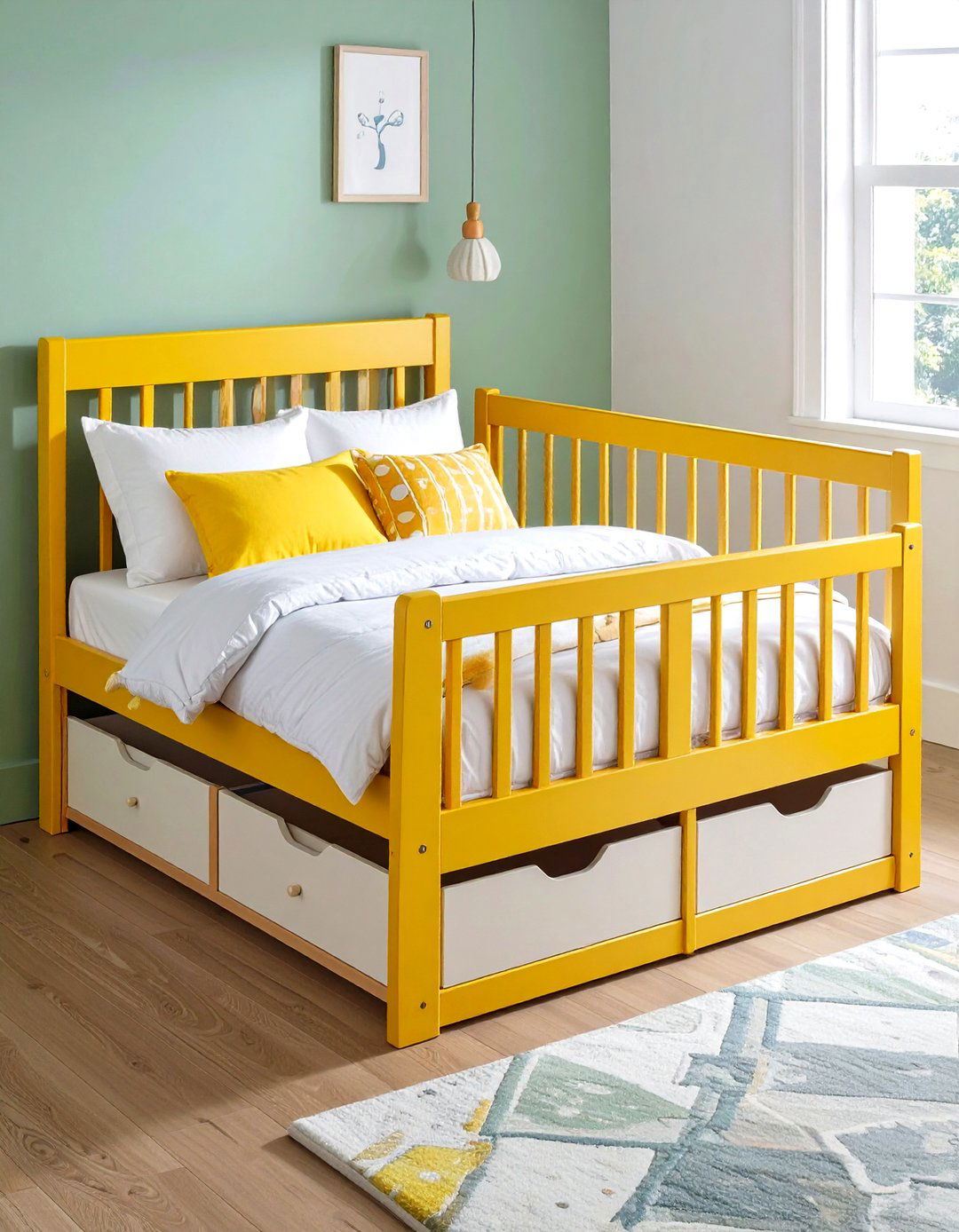
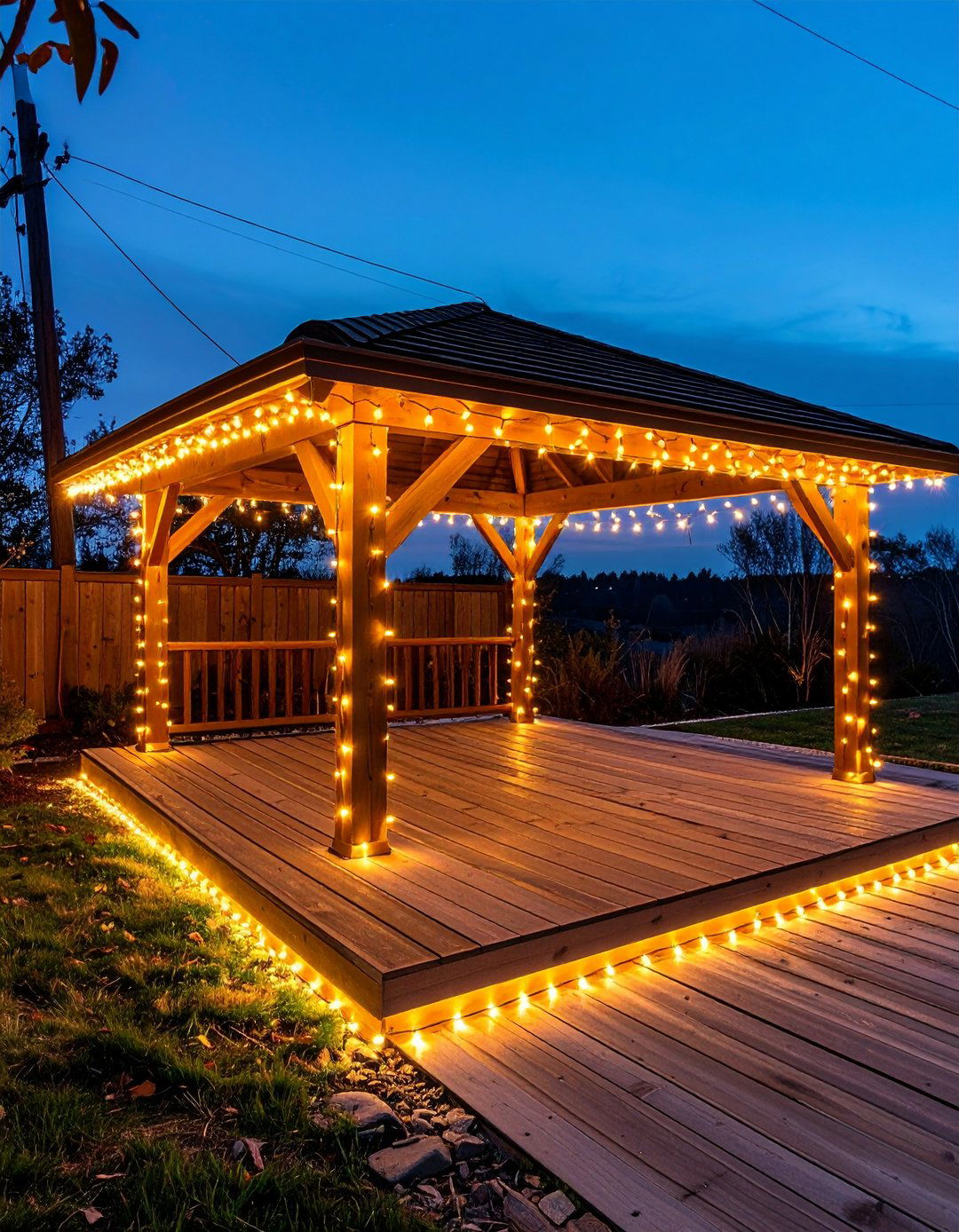
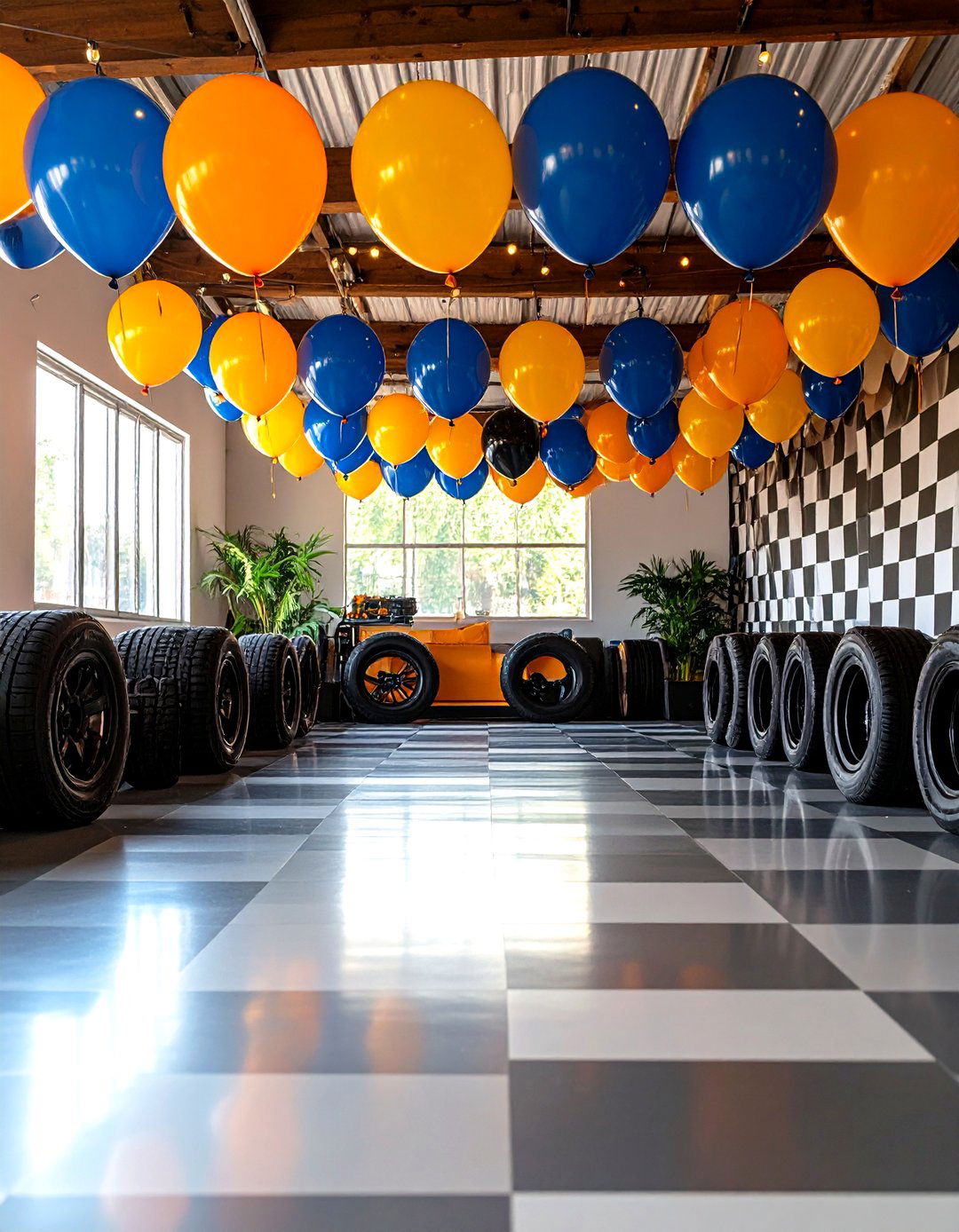
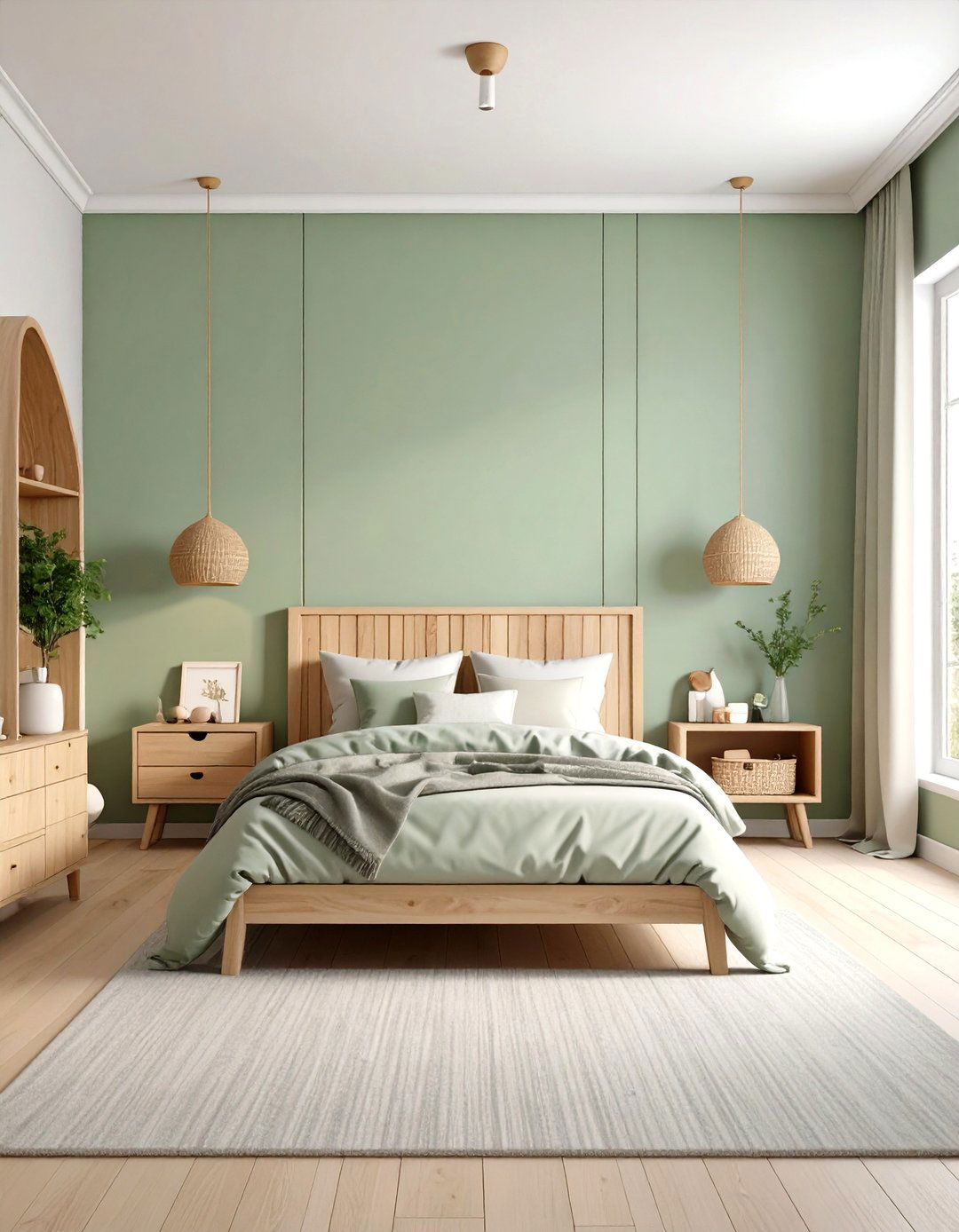
Leave a Reply